WinceWorldCharles Wince
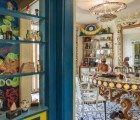

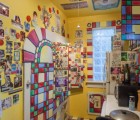
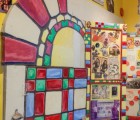
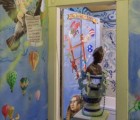
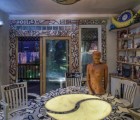
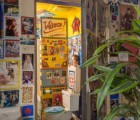
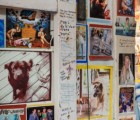
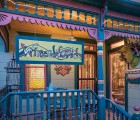
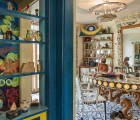
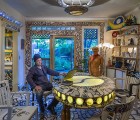
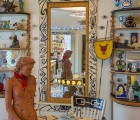
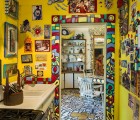
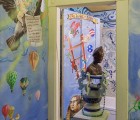
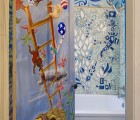
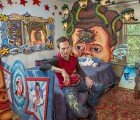
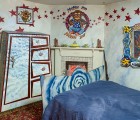
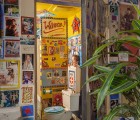
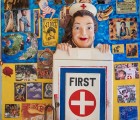
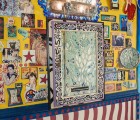
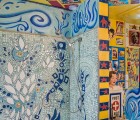
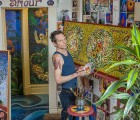
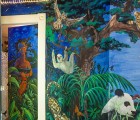
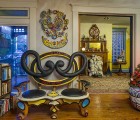
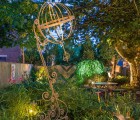
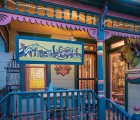
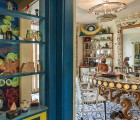
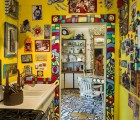
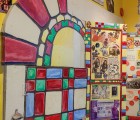
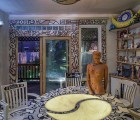

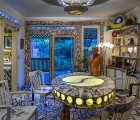

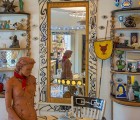
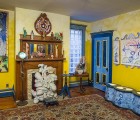
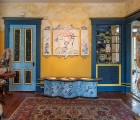
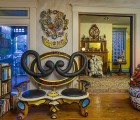
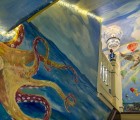
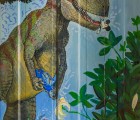
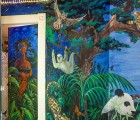
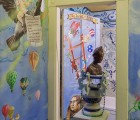
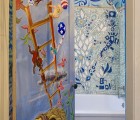
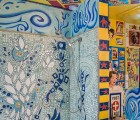
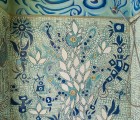
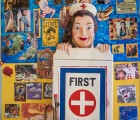
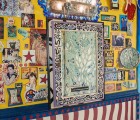
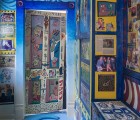
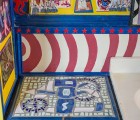
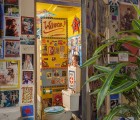
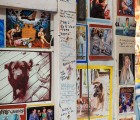
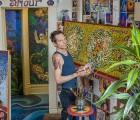
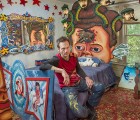

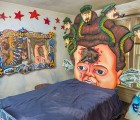
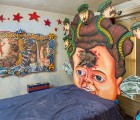

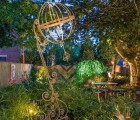
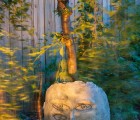
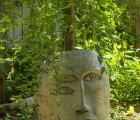
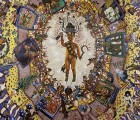
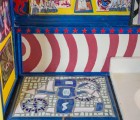
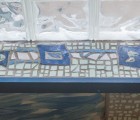
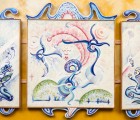
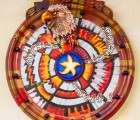
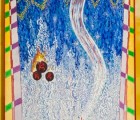
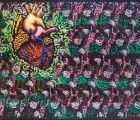
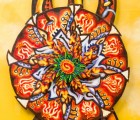
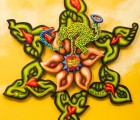
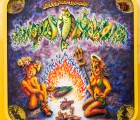
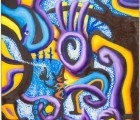
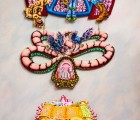
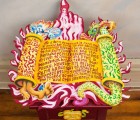
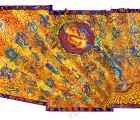
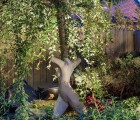
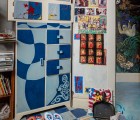
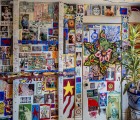
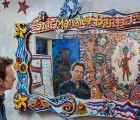
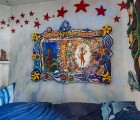
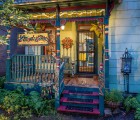
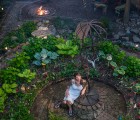
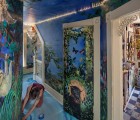
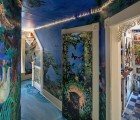
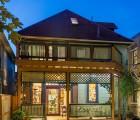
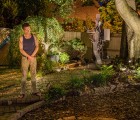
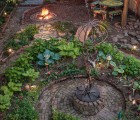
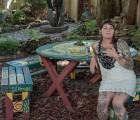
About the Artist/Site
In the mid-1960s, ten-year-old Charles and a friend were playing with burning sticks inside the Wince family garage in Granville, Ohio. His young friend assumed an old rusty gas can was empty, and, while play-acting, touched it with his burning stick. Just as he started to turn toward his friend’s countdown to what they assumed would be a pretend explosion, an eight foot fireball engulfed Charles with blinding force and left him near death for a week. His long and painful recovery from being an invalid who could not even walk, through numerous skin grafts (he has burn scars over 25% of his adult body), turned the young boy inward, toward artistic pursuits of drawing and writing stories. He had previously drawn comic strips about himself as a sort of alienated, misfit Charlie Brown-like character, and he thinks that the fire likely altered the course of his life. “I speculate that this former wild kid would have turned into a wild teenager who would eventually be locked up in jail. Instead, that kid died the day of the fire, and the more introspective person, who would become an artist, was born out of those same flames,” he has said.[i]
A few years ago Wince was professionally analyzed and found to be “twice exceptional: gifted and learning disabled.” Diagnosed with both ADHD and dyslexia (neither of which had been well understood during his early school years), he was thought to be a “problem child.” While his learning disabilities prevented him from achieving sufficient credits to finish high school, he was nevertheless able to work for more than twenty years as a part-time mail carrier. His salary, in addition to supplemental proceeds from certain illegal activities, supported a lifestyle of sex, drugs, rock and roll, and art-making. By 1973 he had begun to make personal paintings, and although he was still living in rural Ohio, his illustrations and articles began to be published in Columbus Punk Rock and New Wave magazines. In 1978 he began to exhibit his paintings at clothing and record stores and bars, and, encouraged by these early successes, in 1982, at age 27, Wince moved to Columbus. His apartment was located over a burlesque theater, and the seedy accommodations provided and inspired narratives for his paintings.
In 1988 Wince purchased a 2 ½-story “fixer-upper” house in a then rundown Columbus neighborhood. In retrospect, it was lucky that there were no fine interior architectural details to preserve, and Wince’s distinctly personal transformation of his home (whose surroundings have evolved into a much more fashionable and expensive neighborhood) continues to the present day. “I’m the only criminal element still here,” he declares. To make the interior spaces of what has become known as WinceWorld more free-flowing, Wince rounded off boxy compartmentalizing corners in the living and dining rooms by commissioning sculptor Aaron Schroeder to build curvilinear shelving. Schroeder also built Wince’s design for the lighted dining room table out of found materials, and, in addition, they collaborated on the Love and Anger Seat (whose aesthetic might be described as Gaudí meets Mickey Mouse); several tables and lamps; and a headboard, bed frame, and bedroom furniture, all based on his 20 year (and still in the process of refinement), 12 foot long masterwork painting, Mother Russia Meltdown.
The painting fills one long wall of Wince’s bedroom, and is mirrored by its own imagery in three dimensions in the bedroom accessories, as well as in the sculpturally framed mirror on the opposite wall. The painting shows a cataclysmic disintegration of contemporary times as the two world orders of Wince’s youth – communism and capitalism – break down. Communist cherubs fight and break apart an oval frame that surrounds a sickle-bearing baby girl with Stalin-headed Medusa snake hair, her ears stuffed with American dollars, while she anoints herself with Coca-Cola. In the surrounding maelstrom, Jesus wears an Uncle Sam hat, gun violence threatens from a TV screen, bloated silicone breasts resemble patriotic ornaments, and devil children climb a masked Santa in a suit of red flames. Hands over ears, a self-portrait of the adult Wince—his back in flames—screams from the bottom left corner.
The kitchen, bathroom, and studio are covered with prints, posters, reproductions, old photographs, mini-Wince paintings, hand-written notations, and direct wall painting (often in a kind of abstracted flame-like motif). The walls suggest personal diary pages, cut and pasted from many sources, and the dense collaged surfaces echo the three-dimensional collaging of collaborations with other artists seen throughout WinceWorld. The backyard garden includes metal sculptures by Aaron Schroeder and Chris Mohler, as well as Wince’s own painted wood benches. The spiraling pathway bridges over a goldfish pond, and night lighting, along with additional well-integrated sculptures, blend the manmade with nature. Wince’s work ranges from expressionistic narratives to rounded abstractions, and he has said that he has also been inspired by the Art Nouveau period; his recurring theme of stylized shaped organic decorative patterning provides, perhaps, the one constant in WinceWorld.
A self-taught painter, Wince learned to design, shape, and fire his own tiles, which he has installed throughout the bathroom and on the dining room floor. Working with Ohio State University ceramics professor Mary Jo Bole and her students, he designed colorful rounded square and rectangular tile patterns for the kitchen floor that are interrupted by representational shaped tiles, including a broken plate, a chicken drumstick with a bite taken out of it, a spilt milk carton, and a rat in a trap. The whimsical stairway and second floor hallway murals were painted by Melissa Vogley Woods, partly based on reproductions Wince found in books on nature. Recently, however, Wince has painted over much of her original work with his own additions and alterations. The inside of one bathroom door was painted by another Columbus artist, Paul Volker, and Volker also designed the backyard garden walkways. Wince commissioned ceramicist Beth Cavener Stichter to recreate the image of a thorn sprouting a female torso he had admired in one of Woods’ personal paintings; now a fixture on the dining room table, “thorn lady”- like figures from his Mother Russia Meltdown painting have been lifted out of her two-dimensional origins to become a permanent guest among the multiple dimensions of WinceWorld. Wince’s collaborations with other artists give WinceWorld an especially eclectic visual mix, as it is not the product of a single hand and sensibility.
Only the house and front porch are visible from the street. It may be possible to arrange a visit by contacting Wince through Facebook: https://www.facebook.com/winceart
~Fred Scruton
[i] Quoted in Jory Farr, “On Fire: The Art of Charles Wince,” Short North Gazette, Columbus, OH (March/April 2013).
Map & Site Information
507 West 2nd Avenue
Columbus, Ohio, 43201
us
Latitude/Longitude: 39.9821871 / -83.0184088
Nearby Environments

Can you provide SPACES with images of this art environment?
Please get in touch!
Lewis Smith
Ashley, Ohio


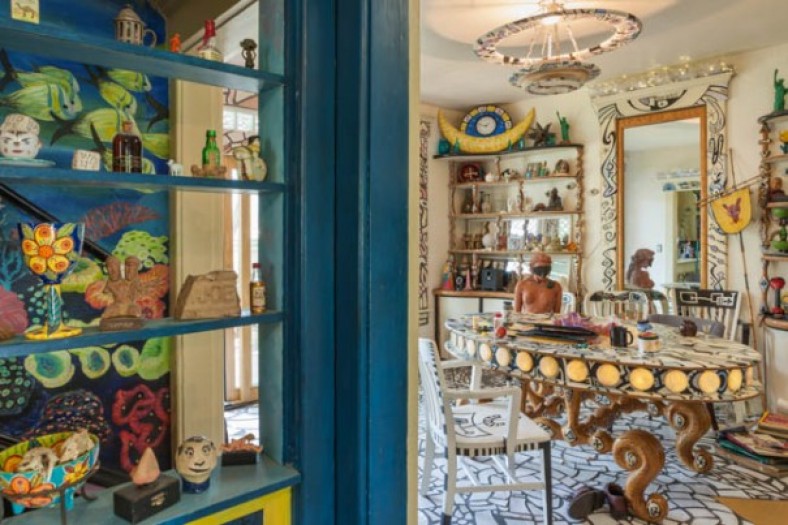
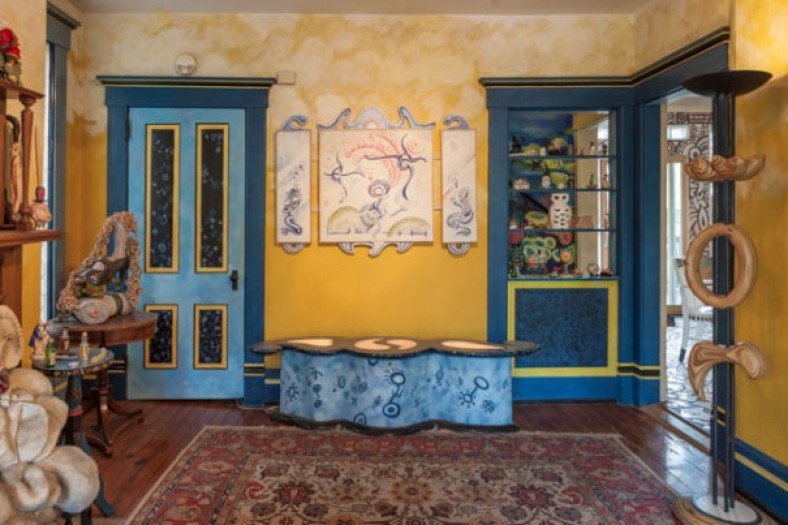
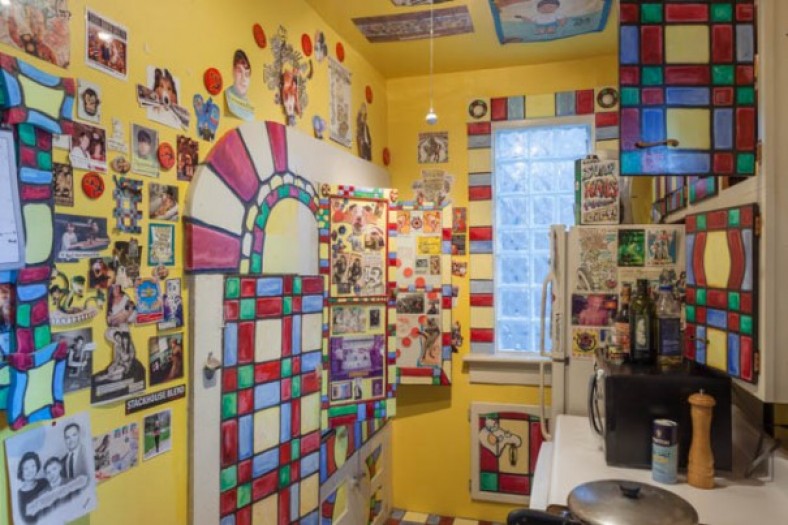
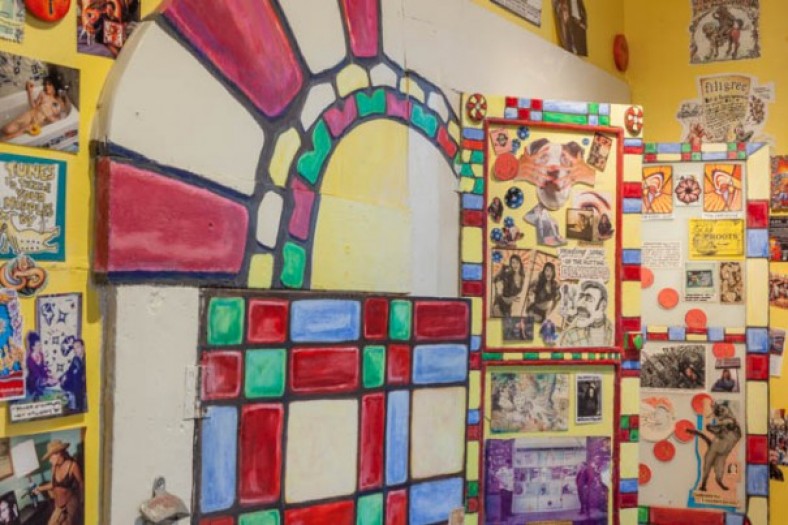
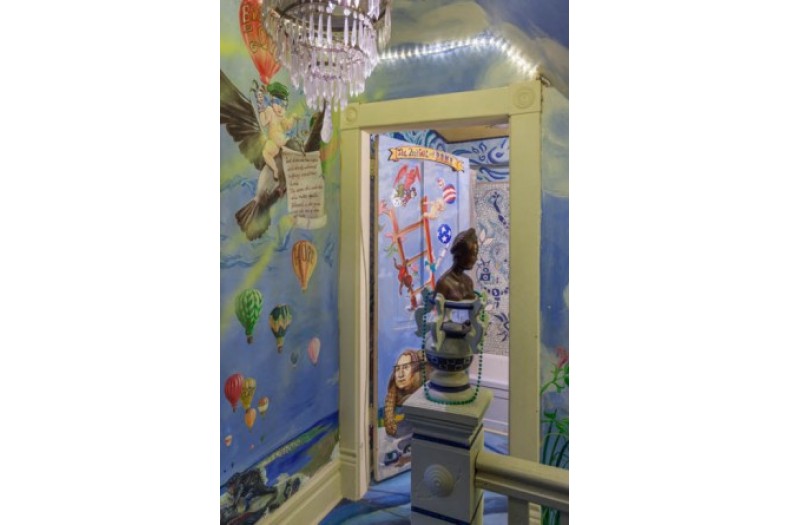
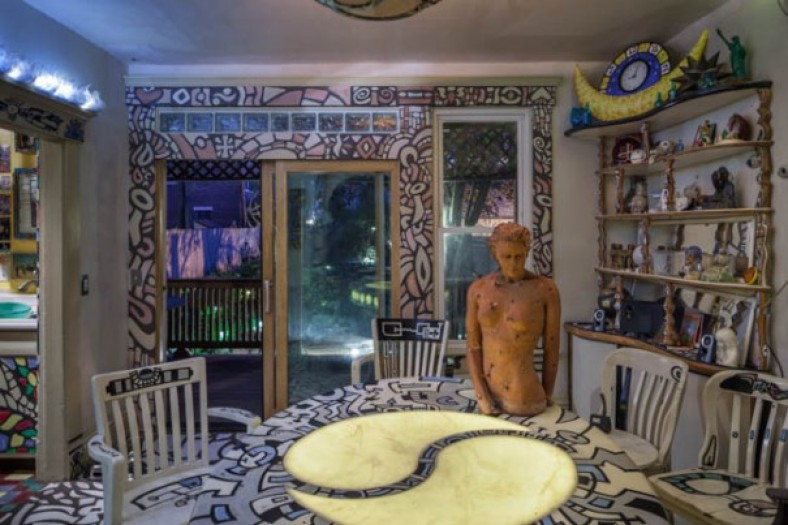
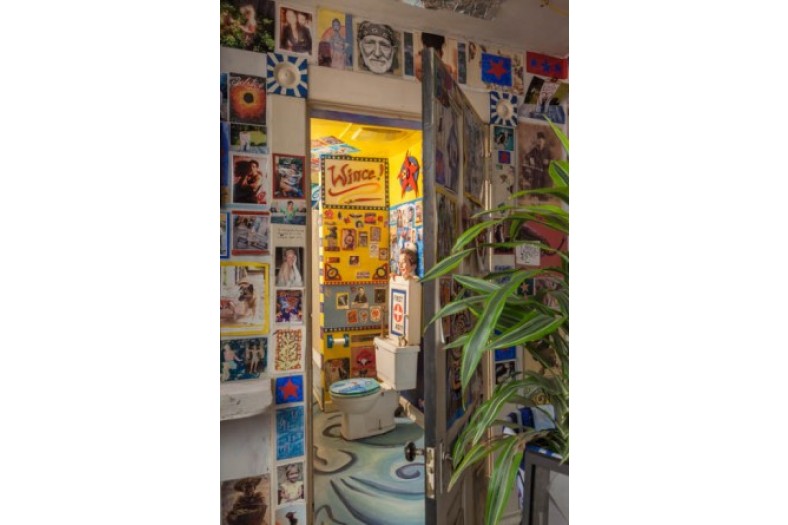

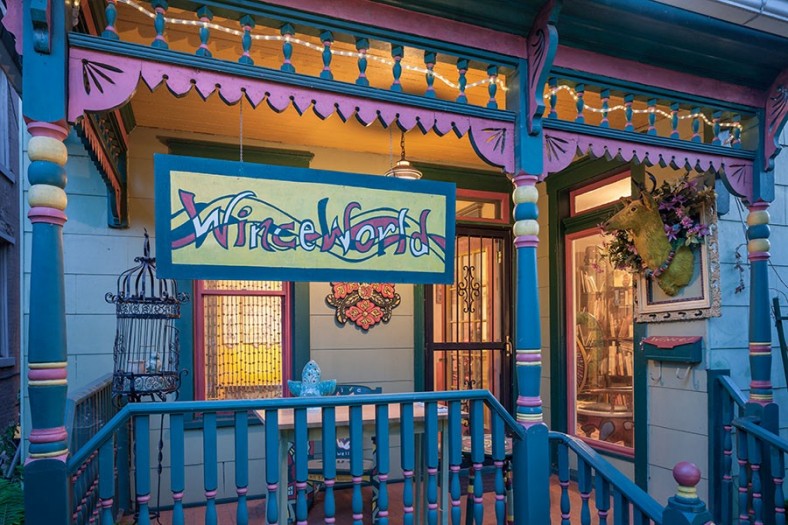
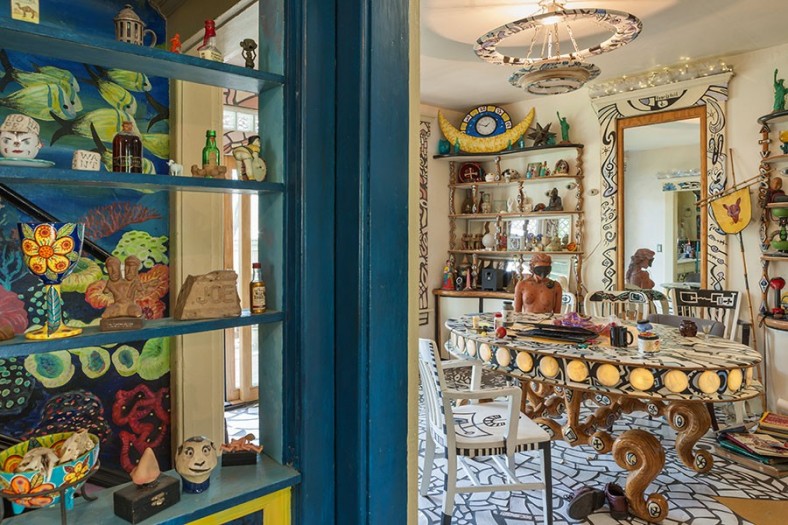
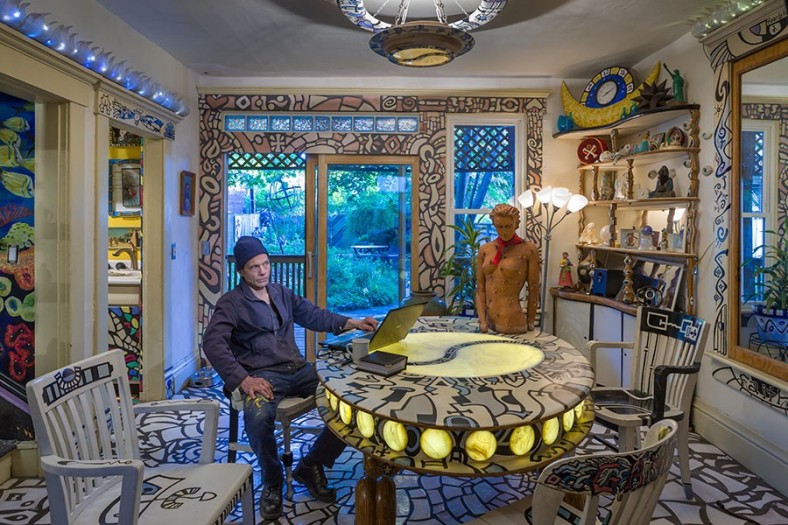
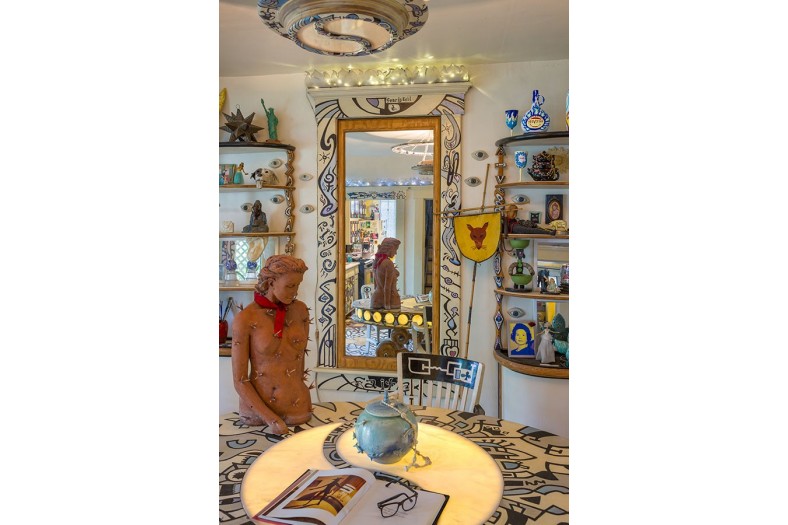
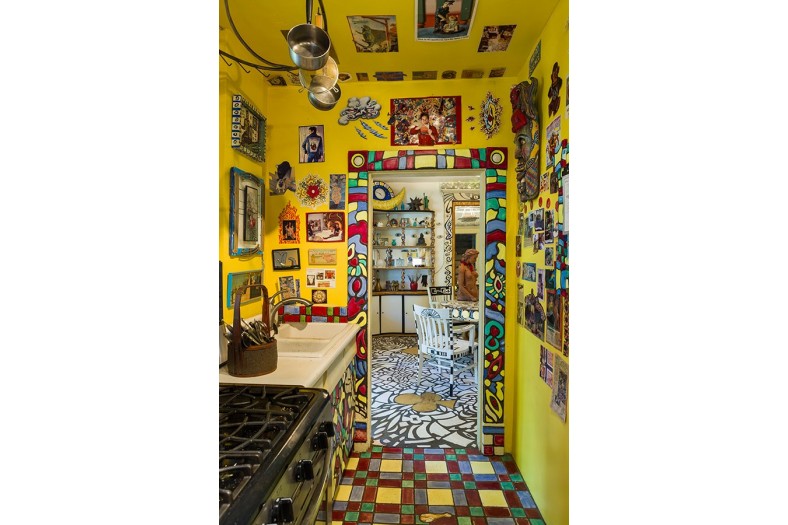
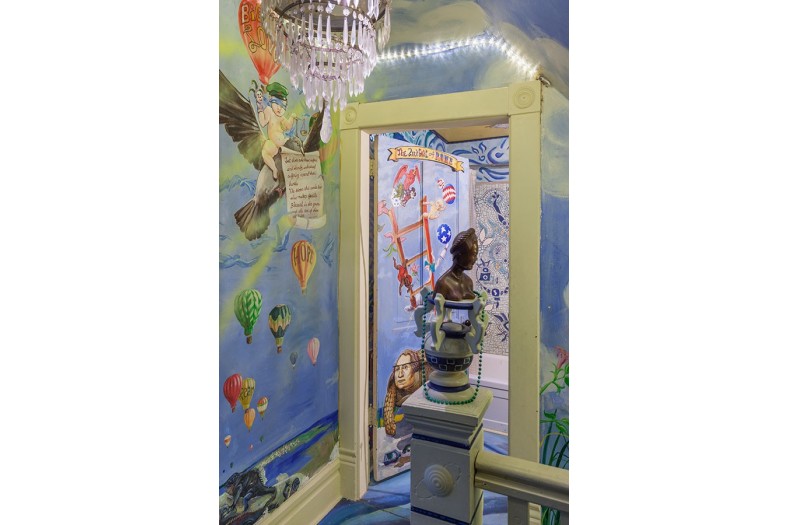
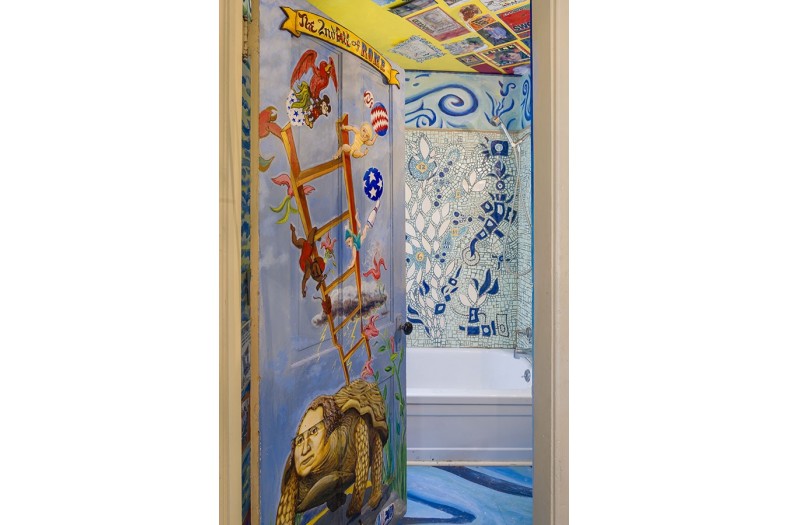
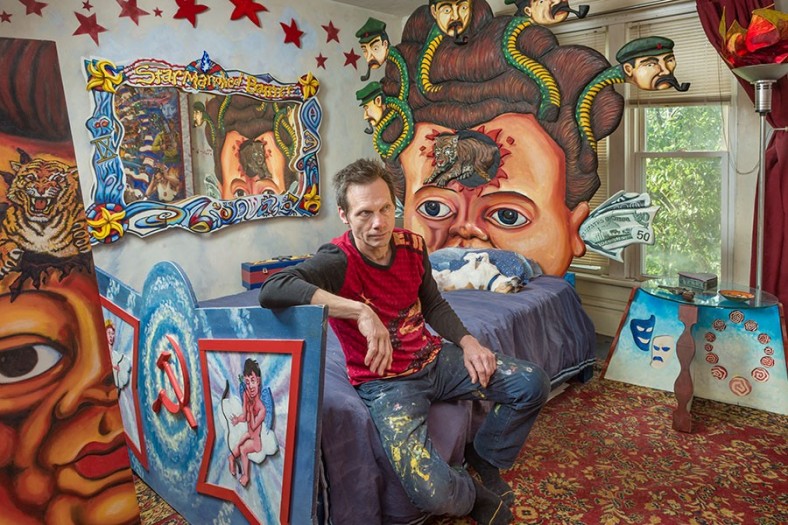
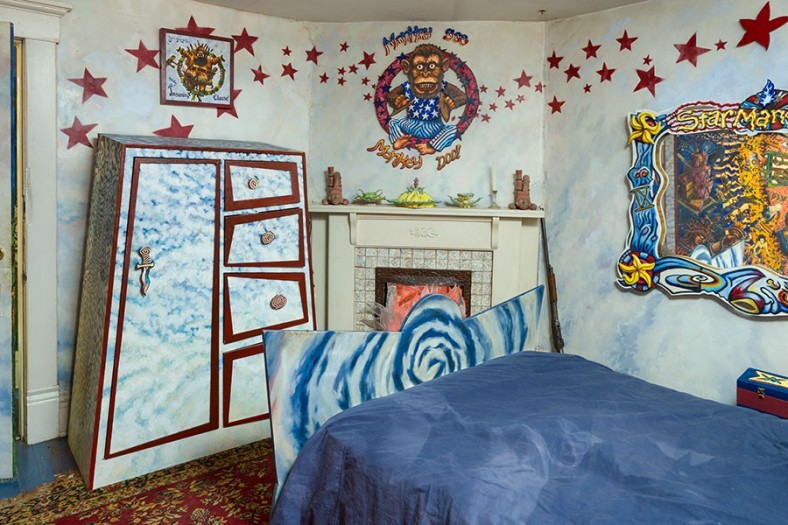
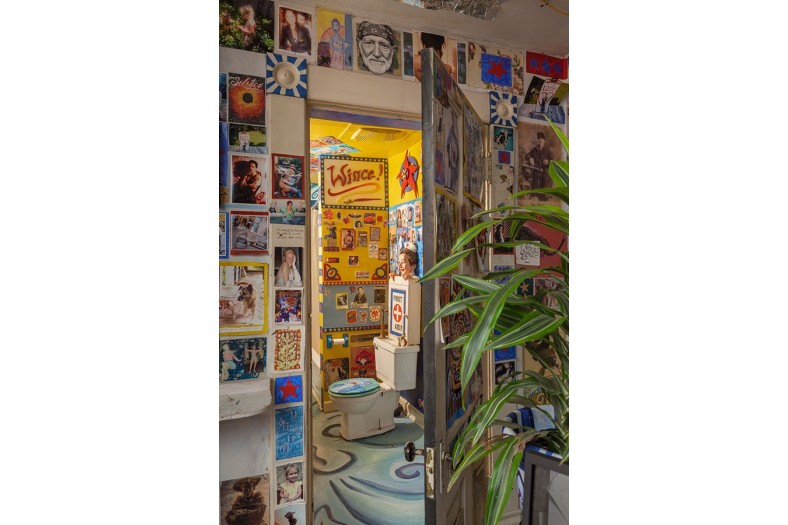
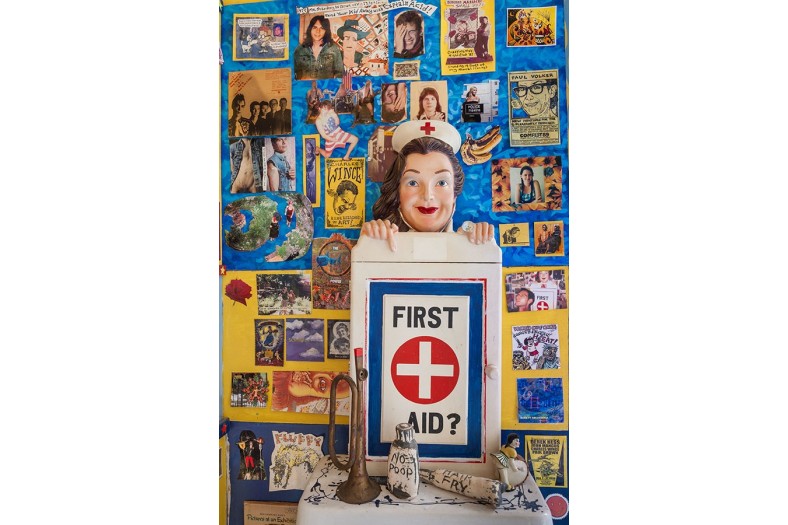
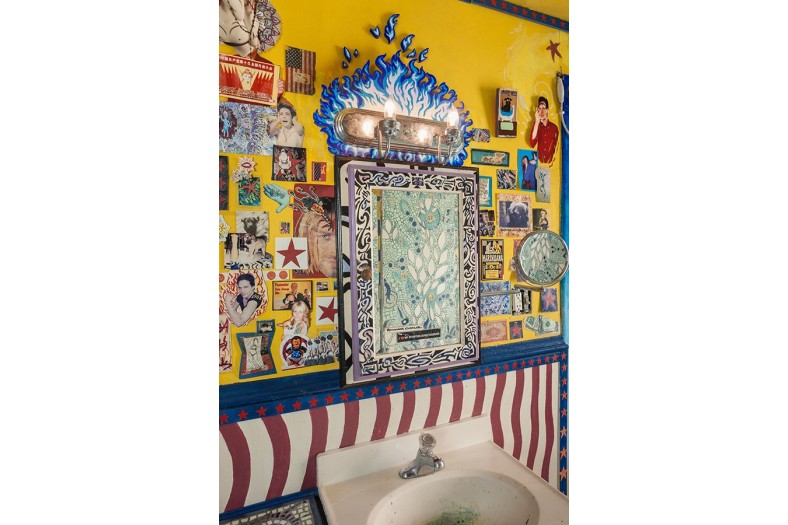
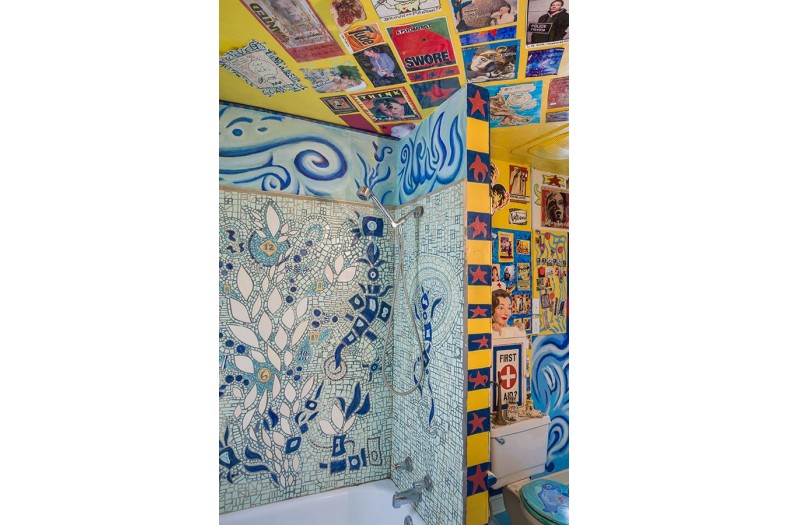
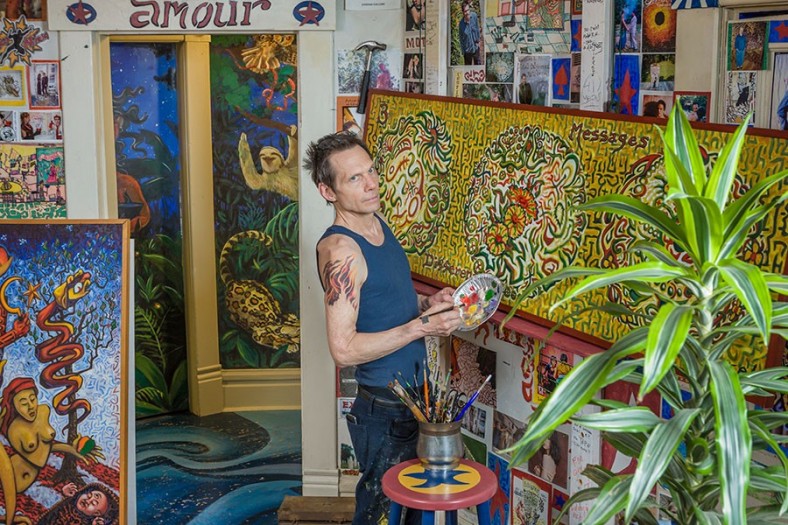
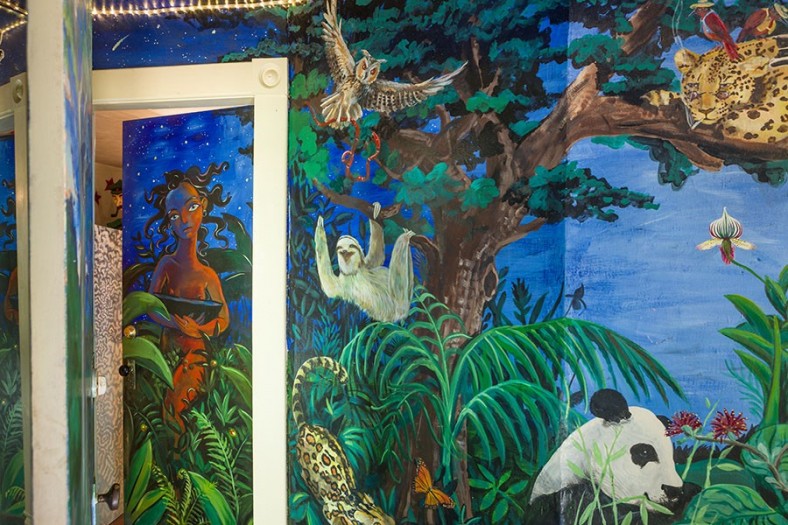
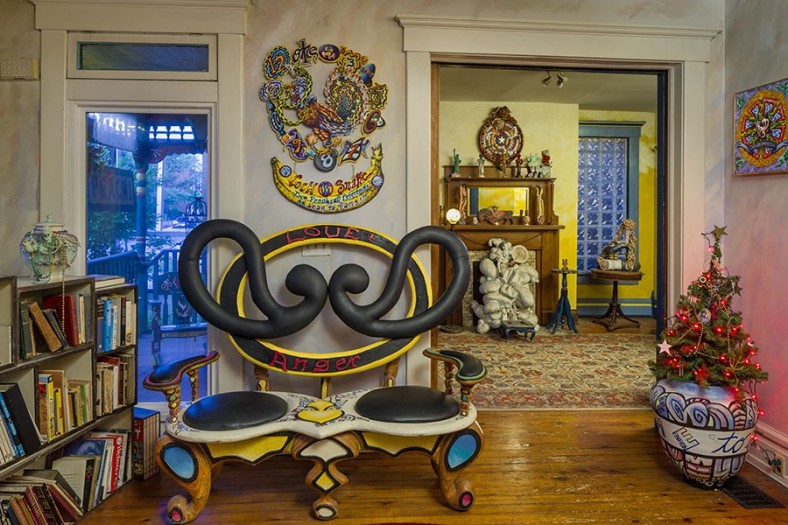
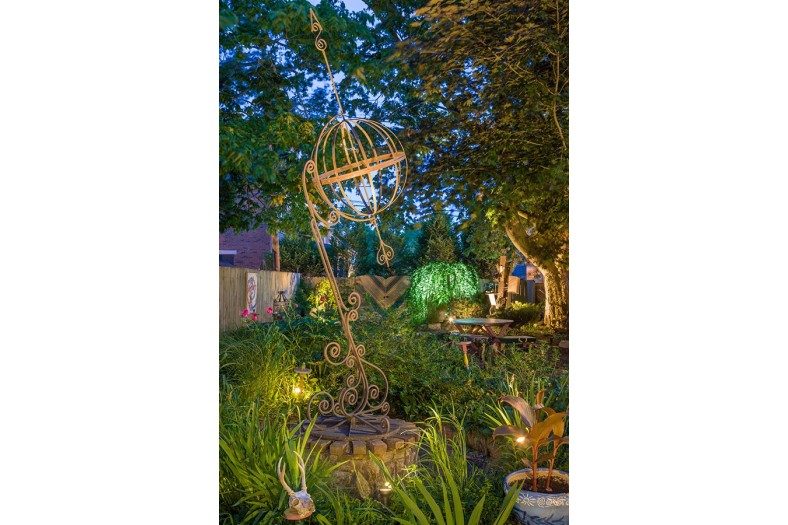
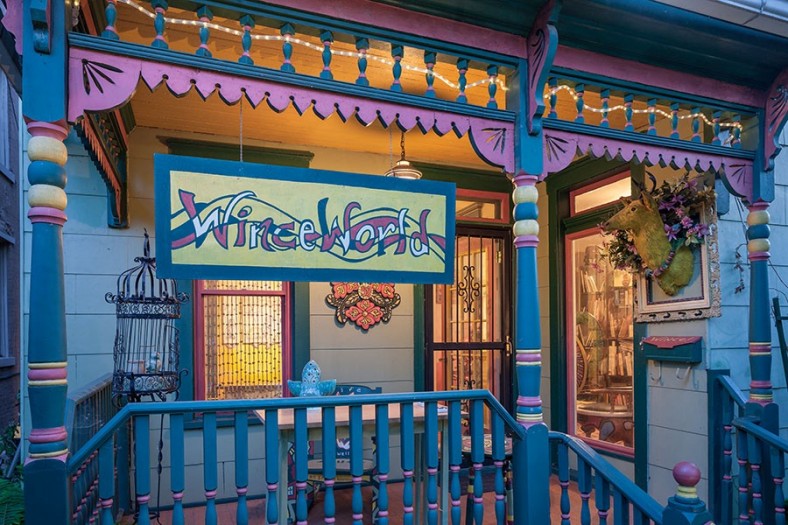

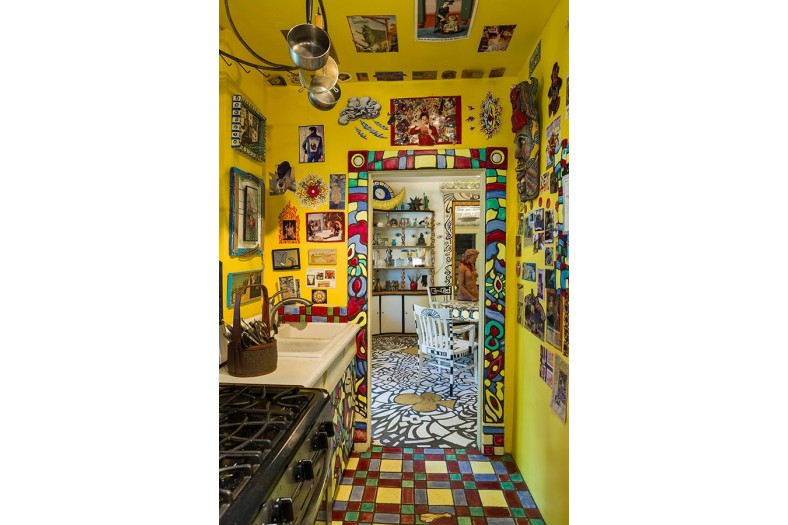
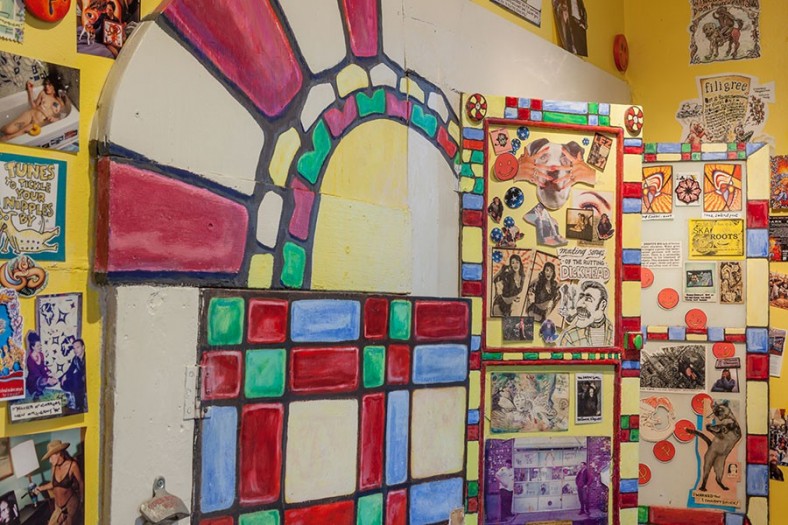
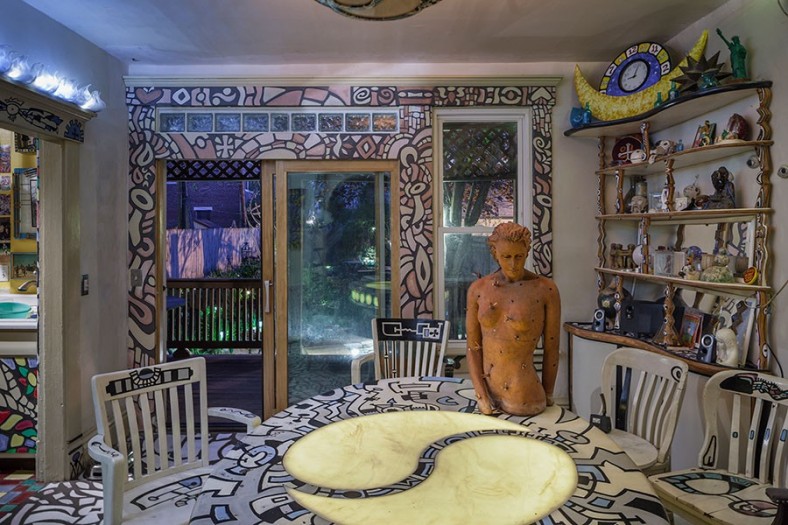
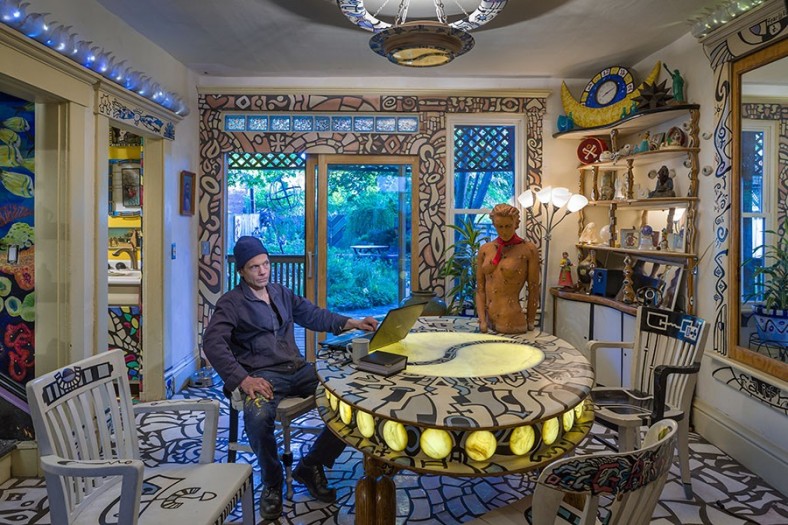
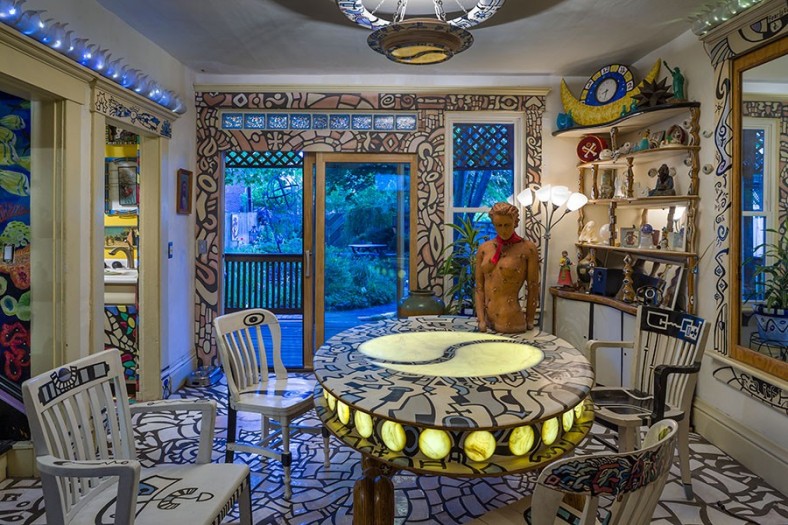
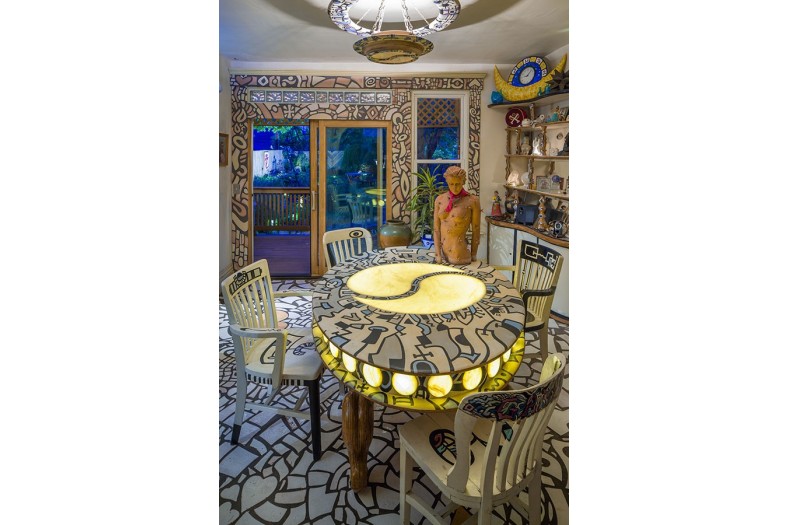
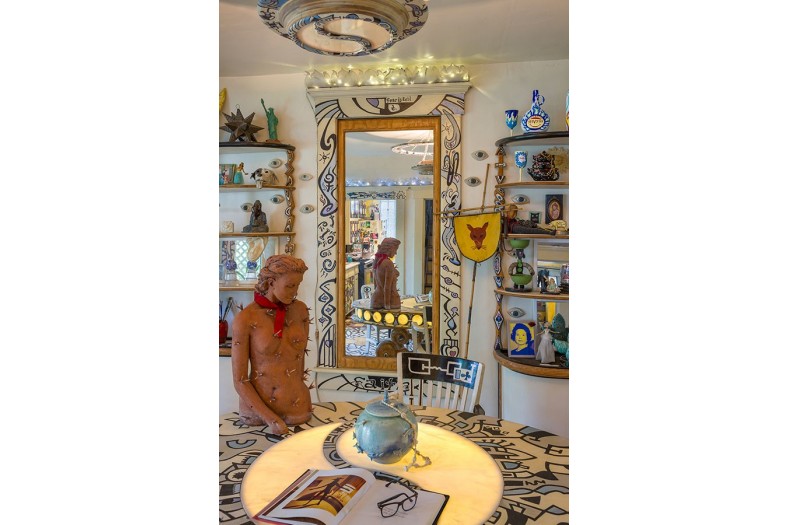
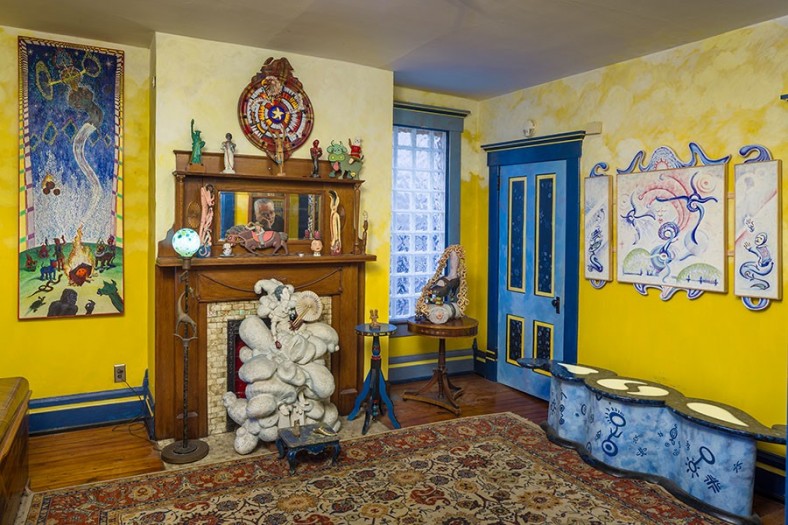
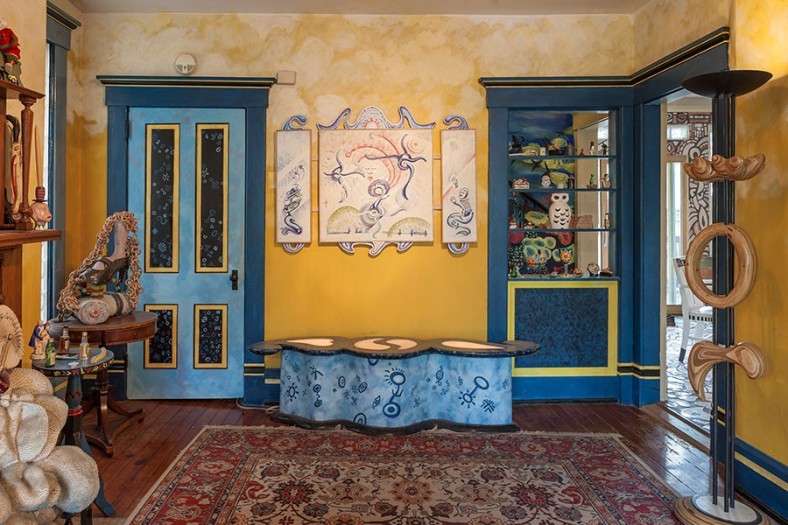
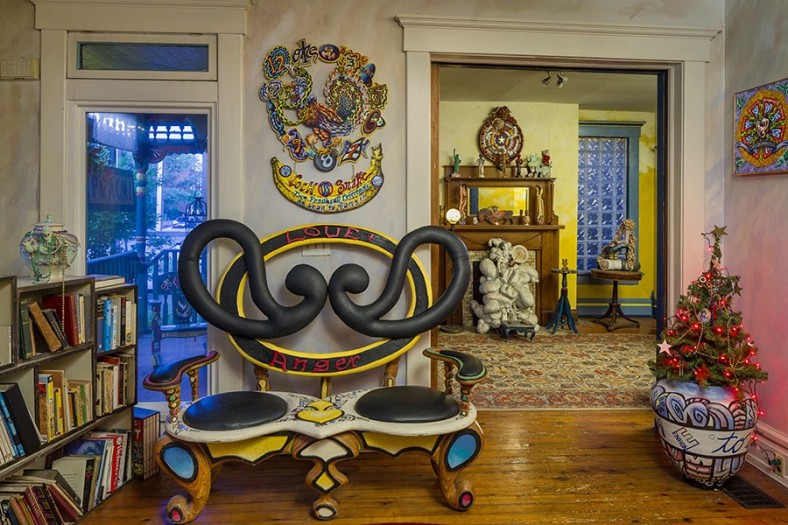
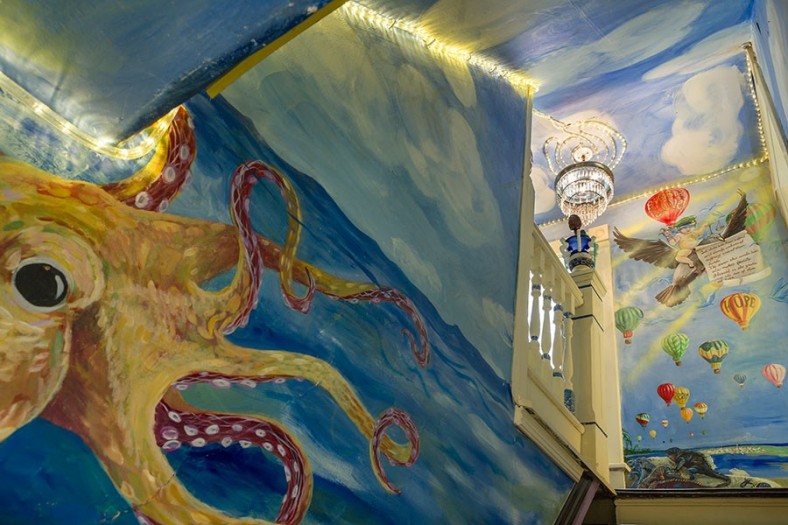
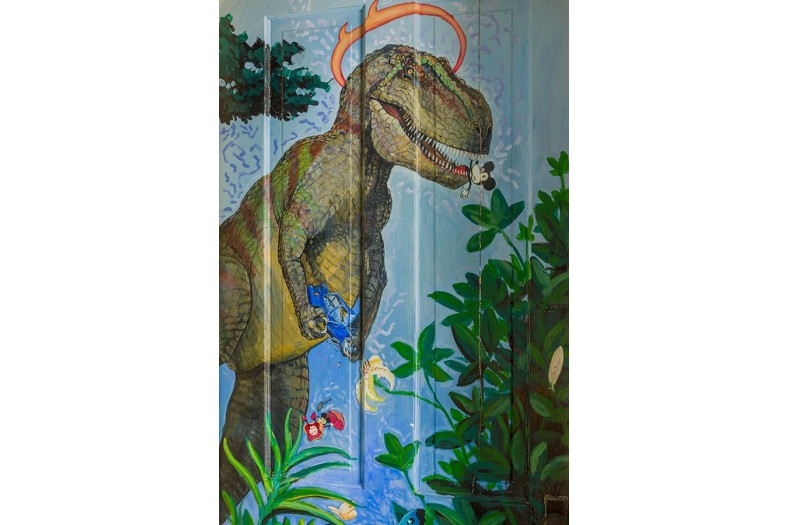
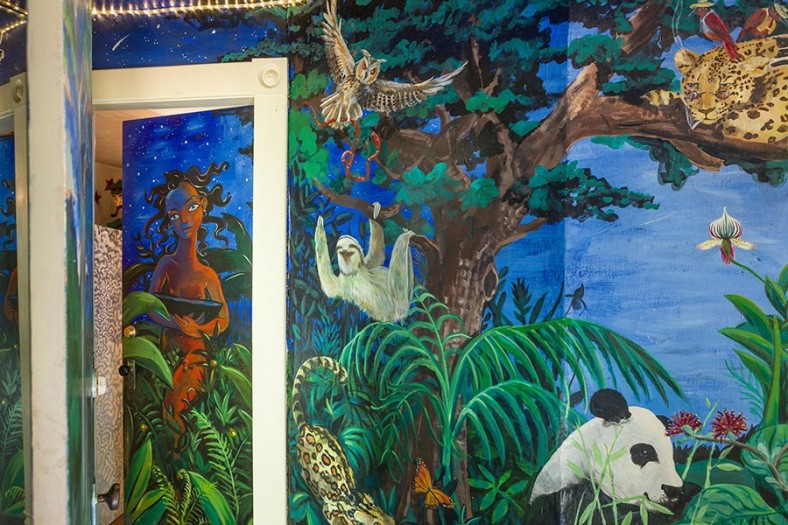
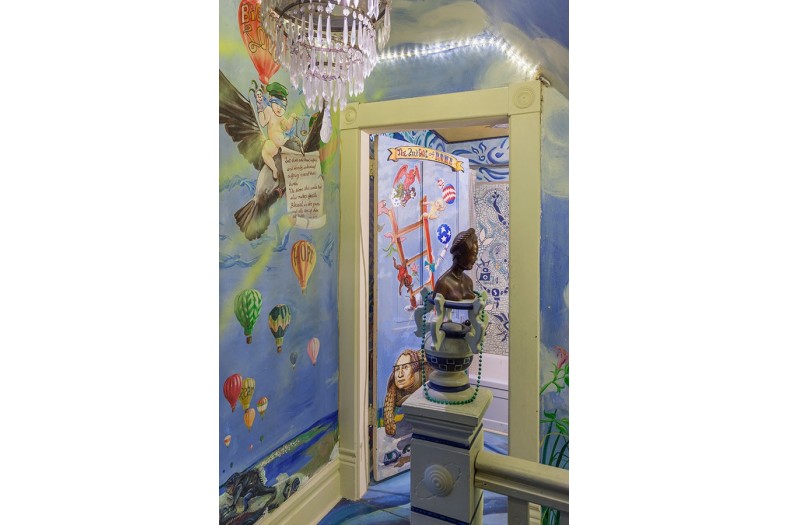
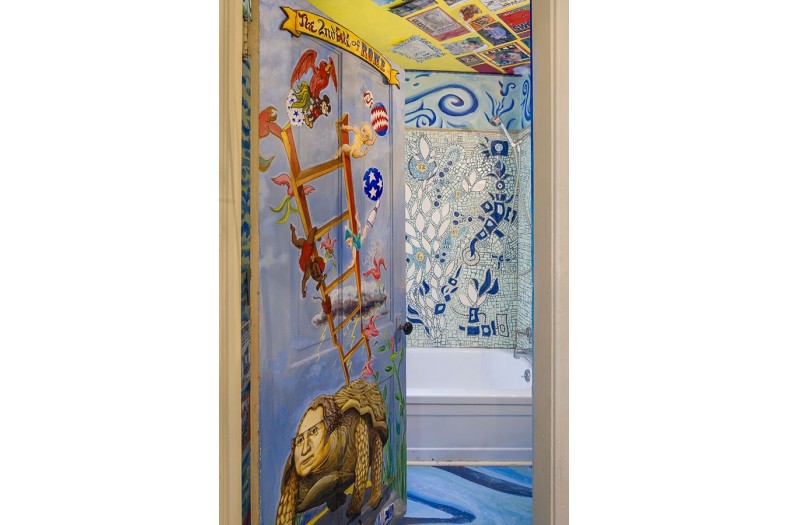
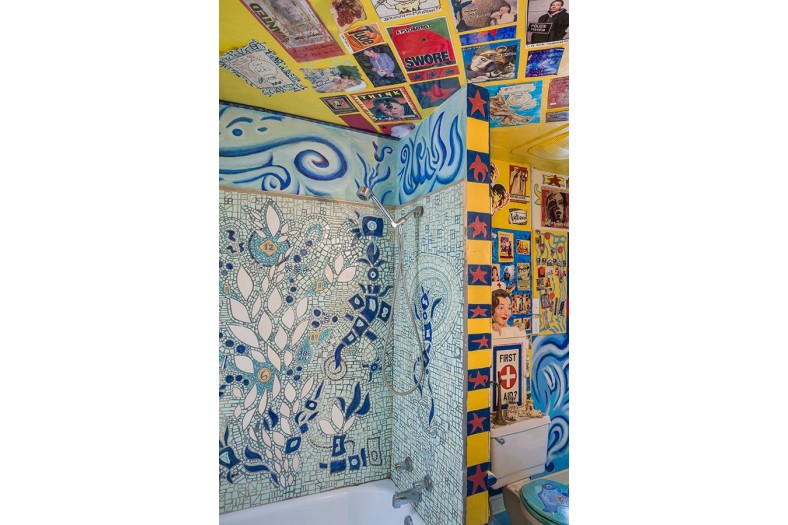
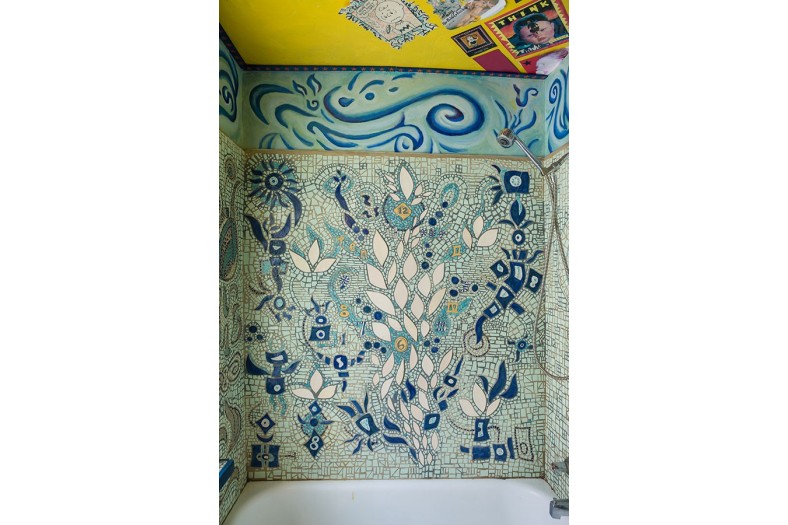
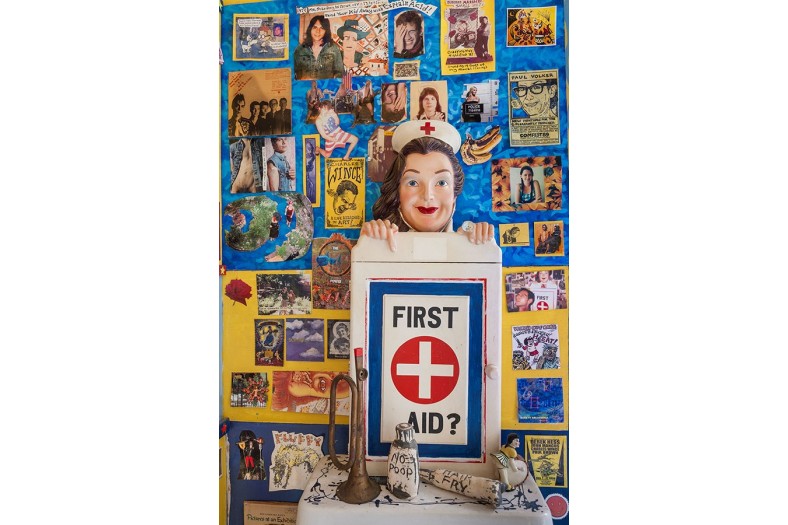
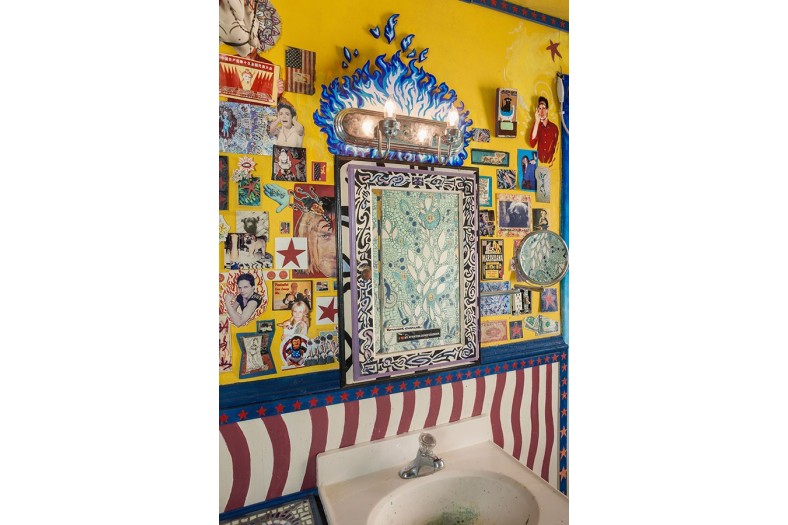
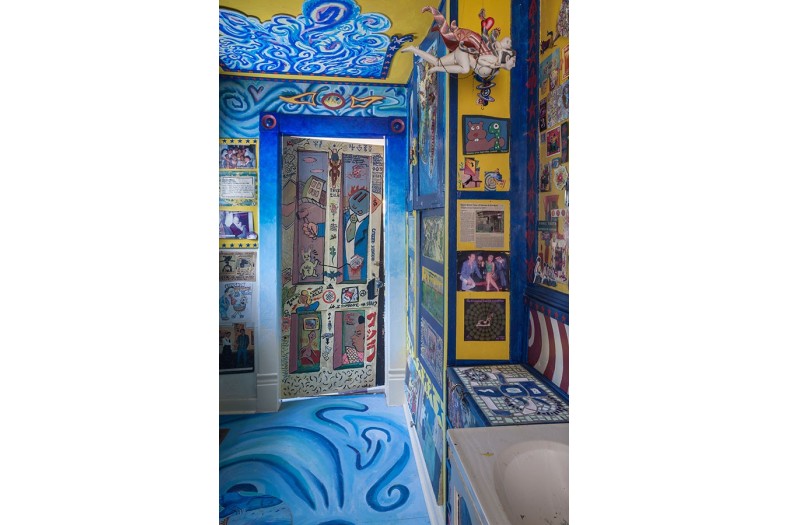

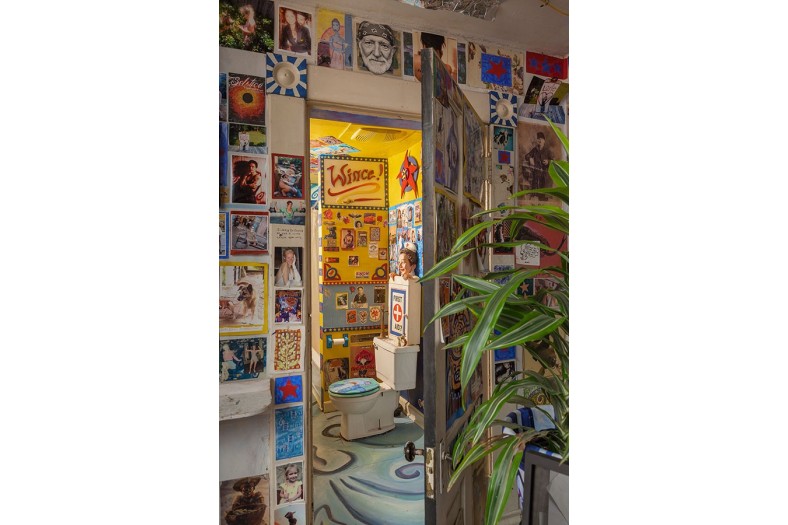

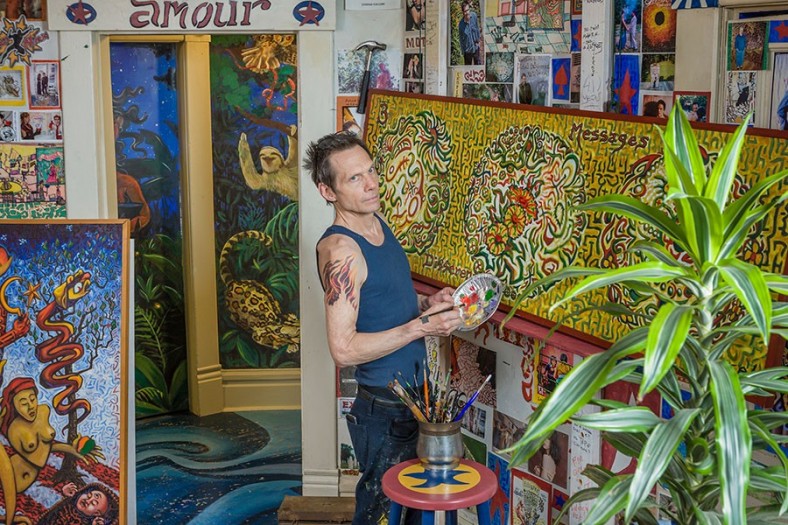


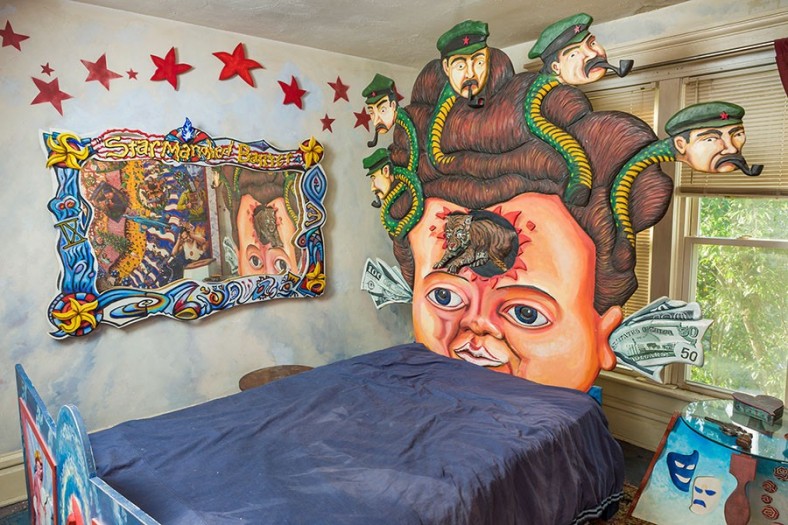
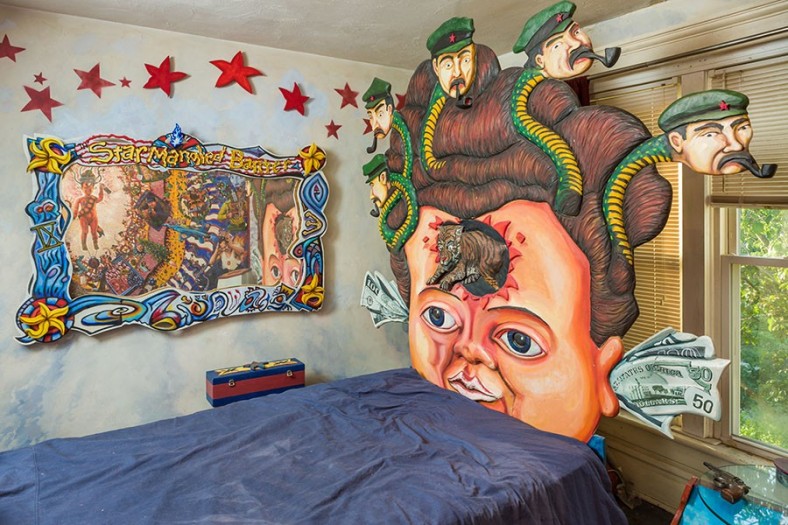
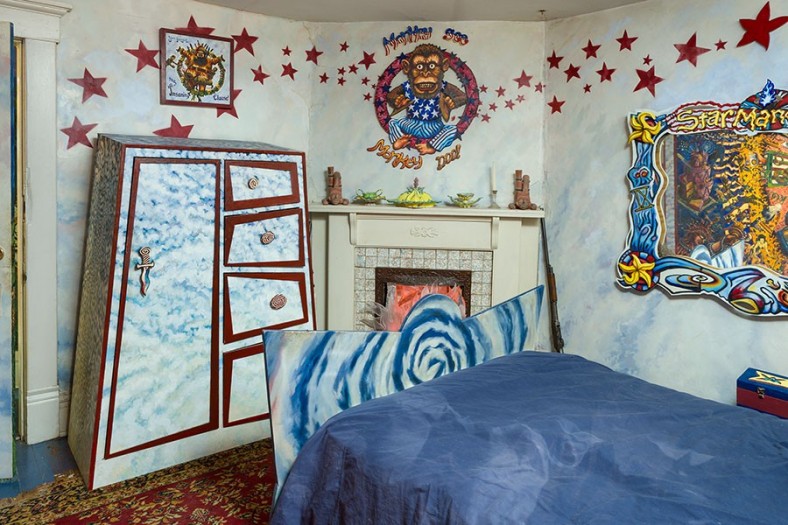
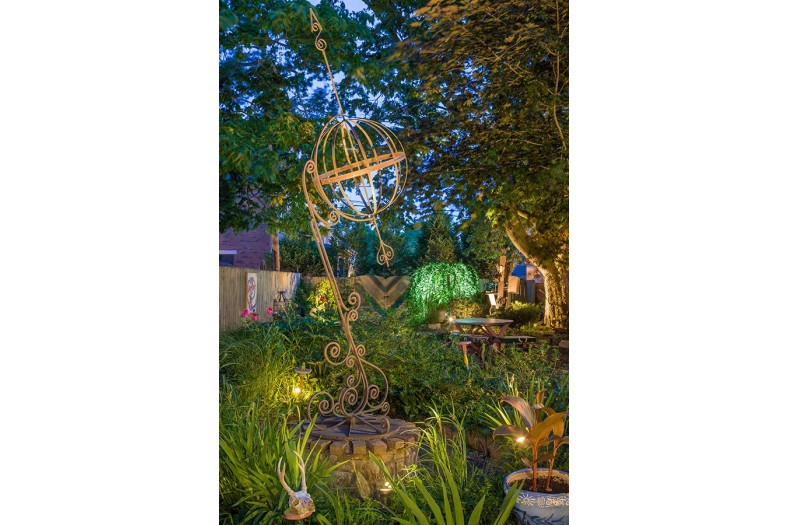
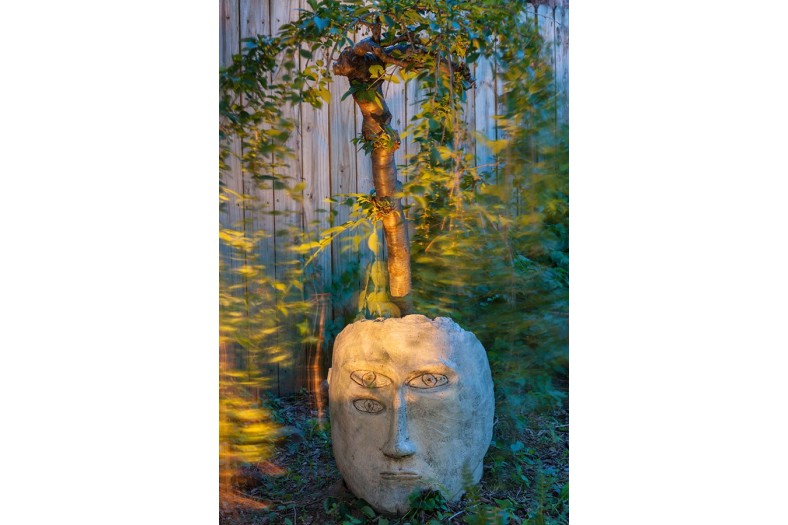

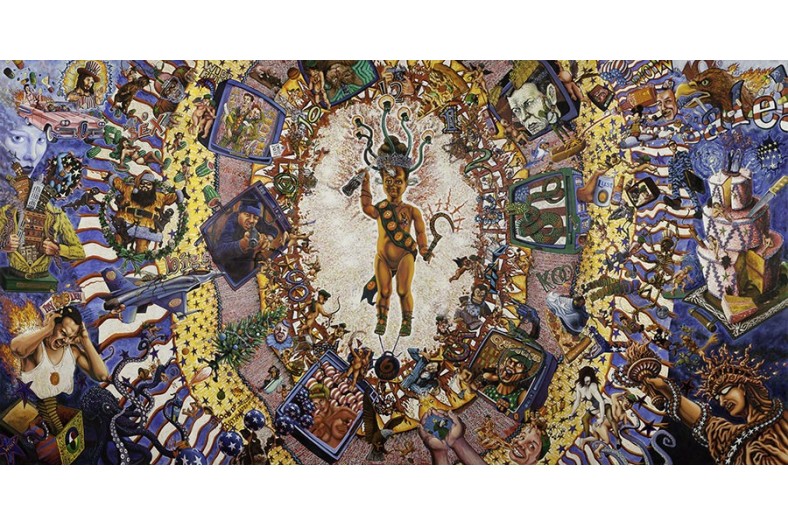
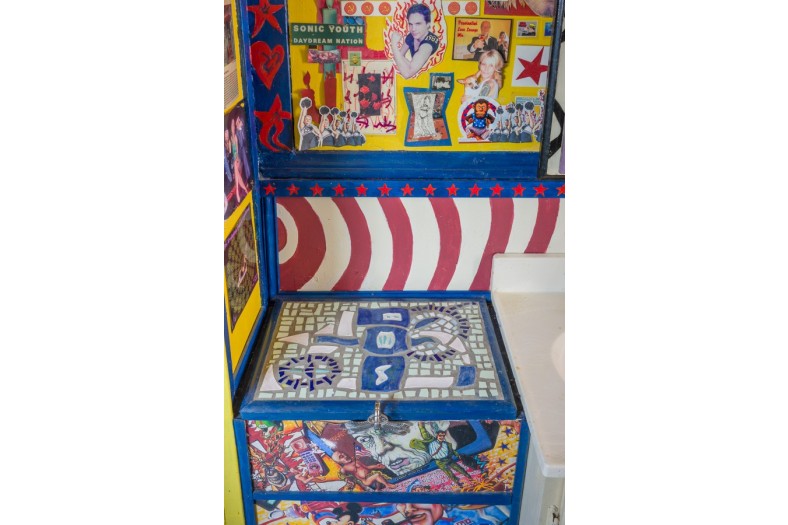
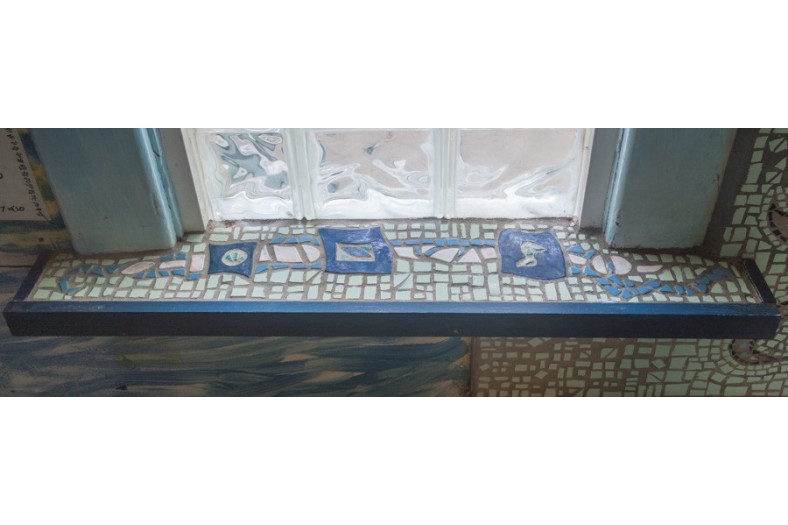
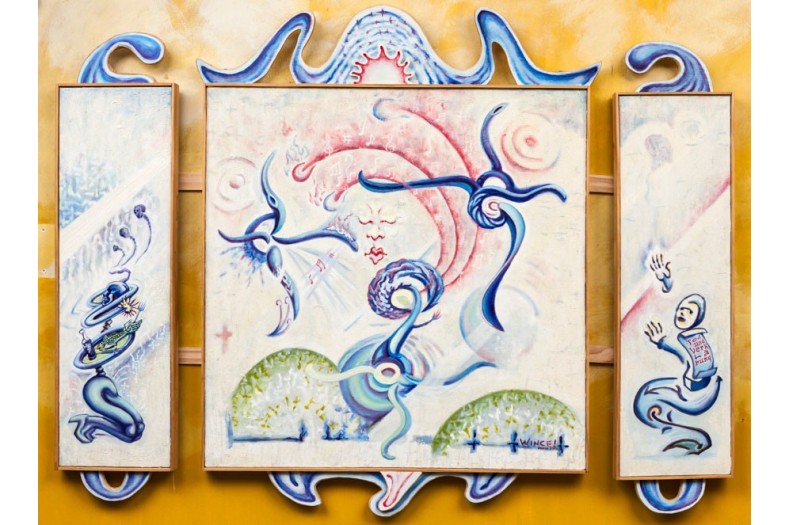
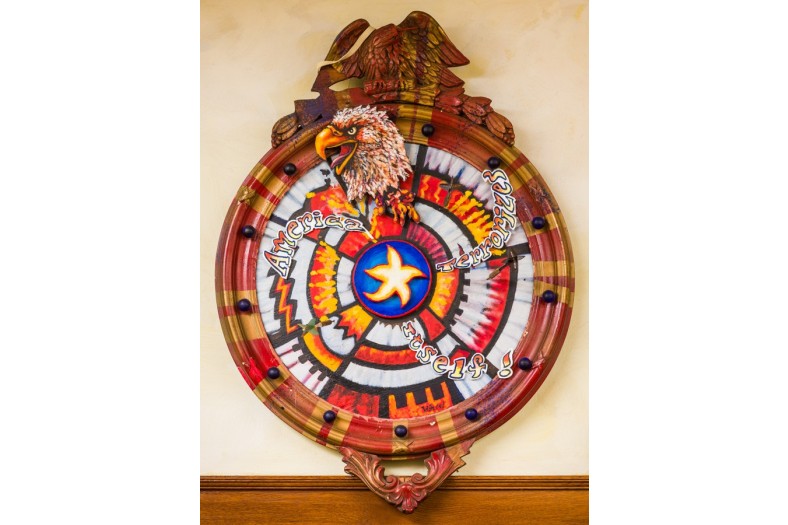
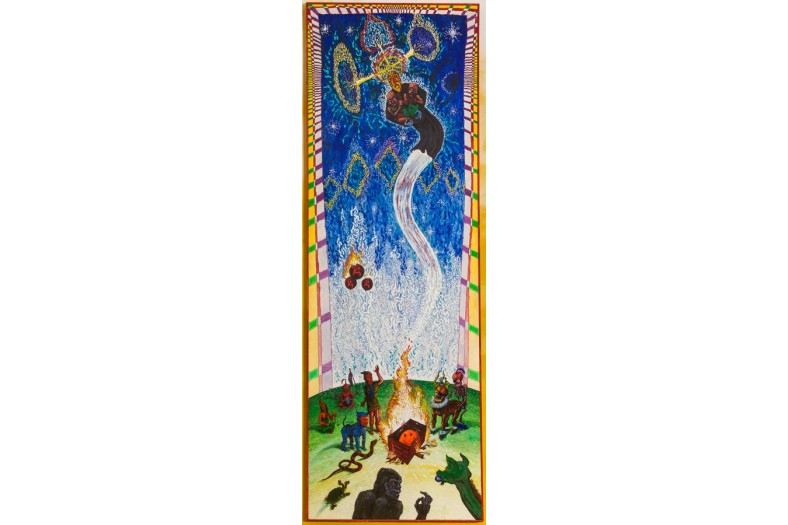
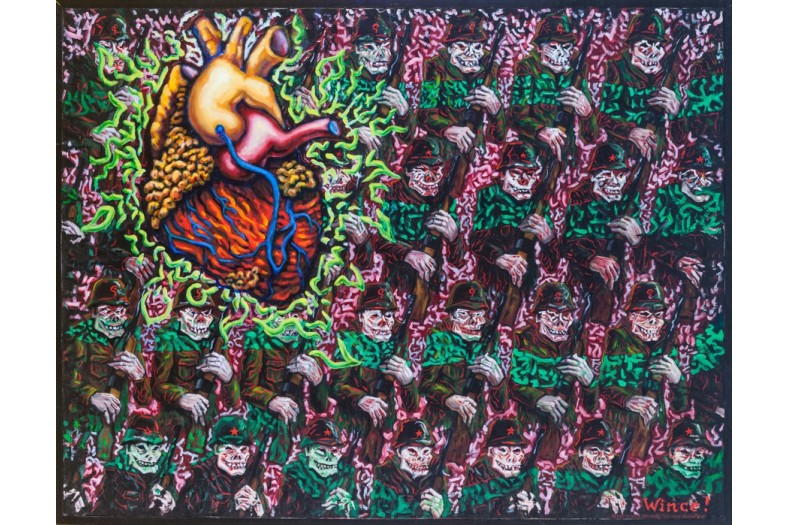
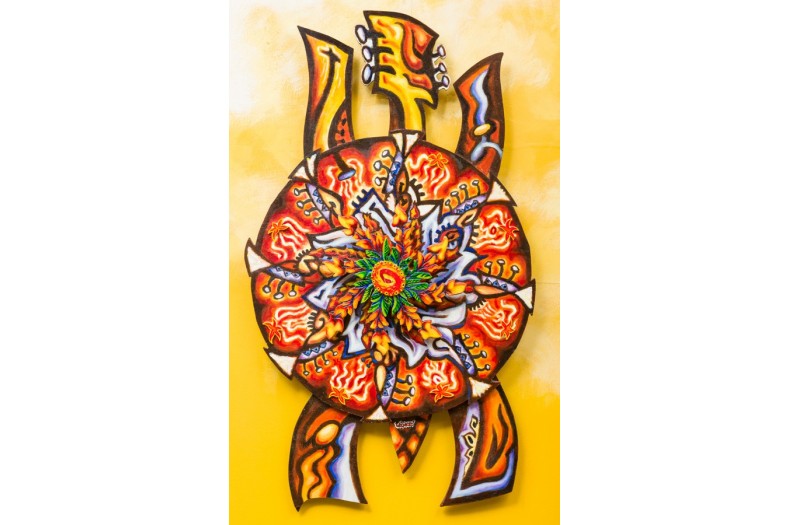
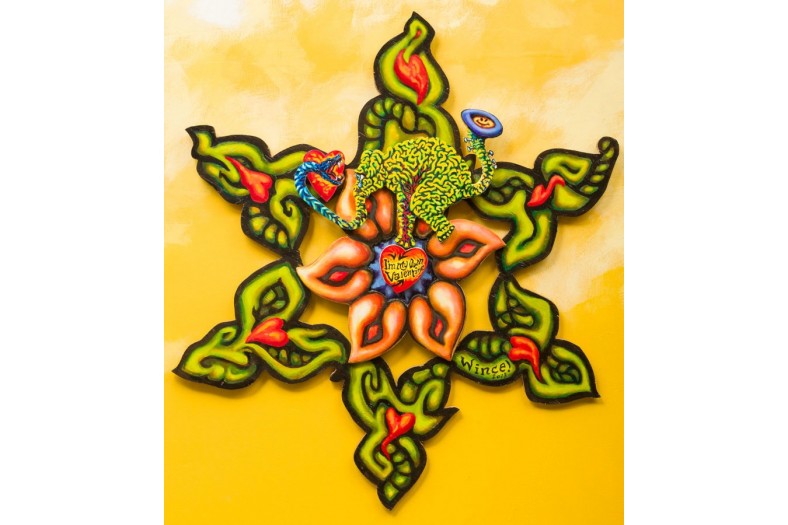
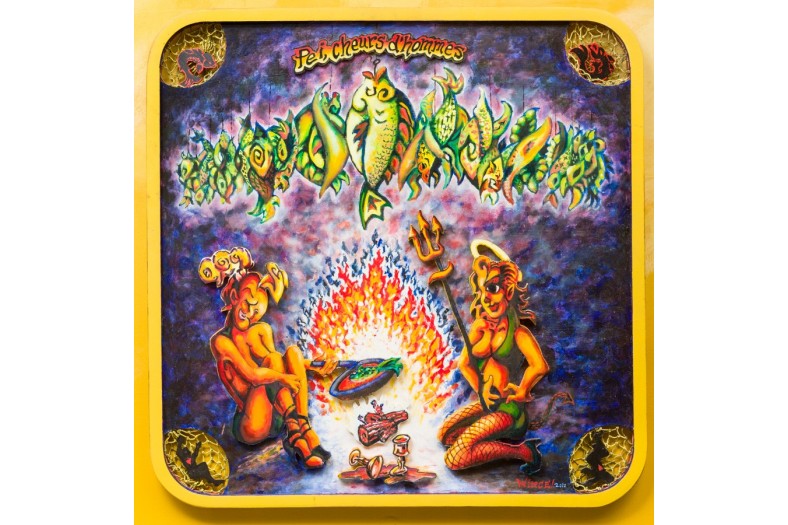
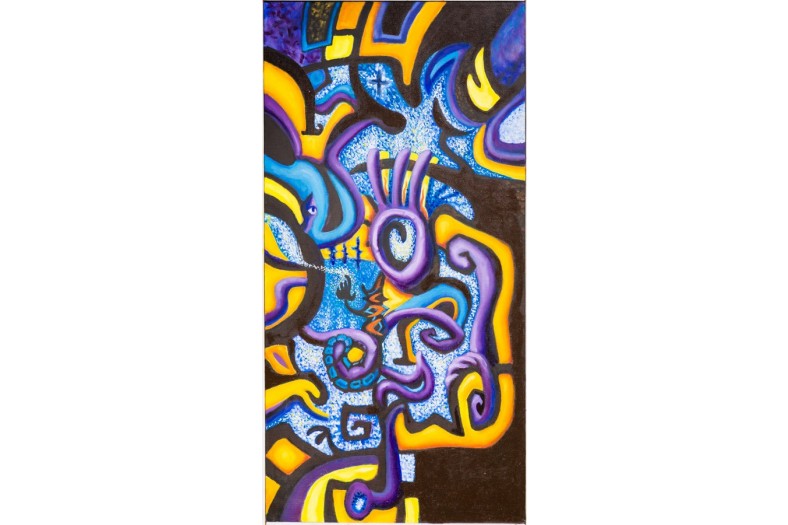
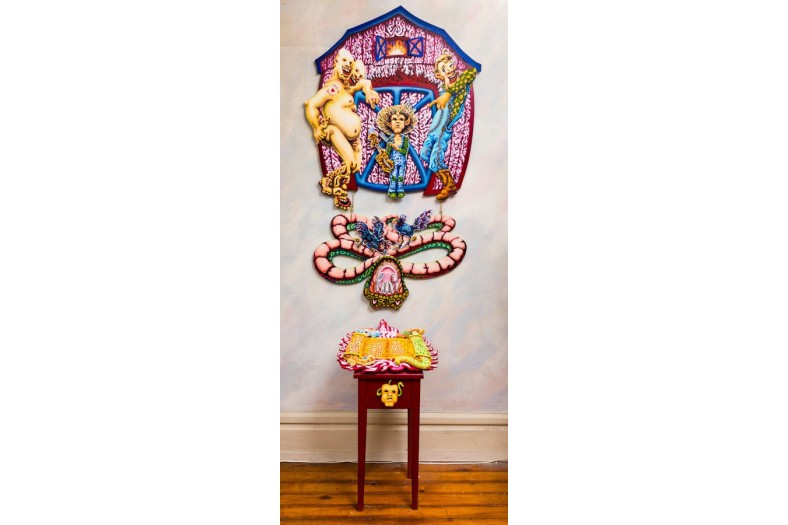
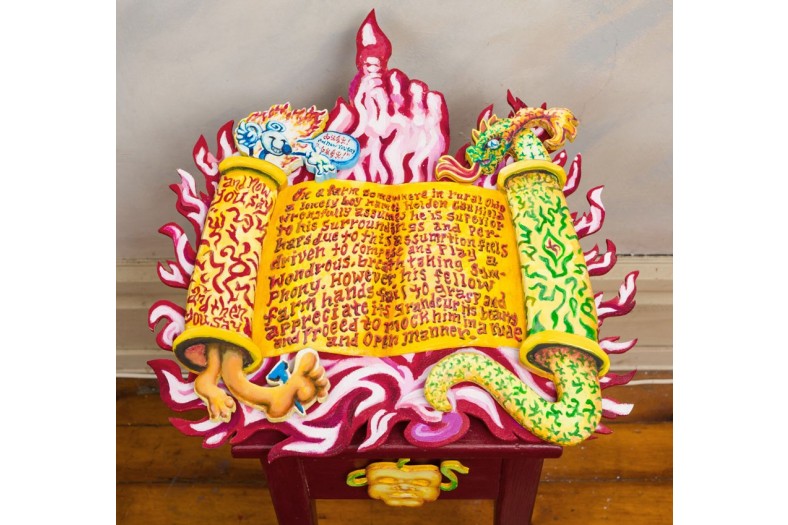
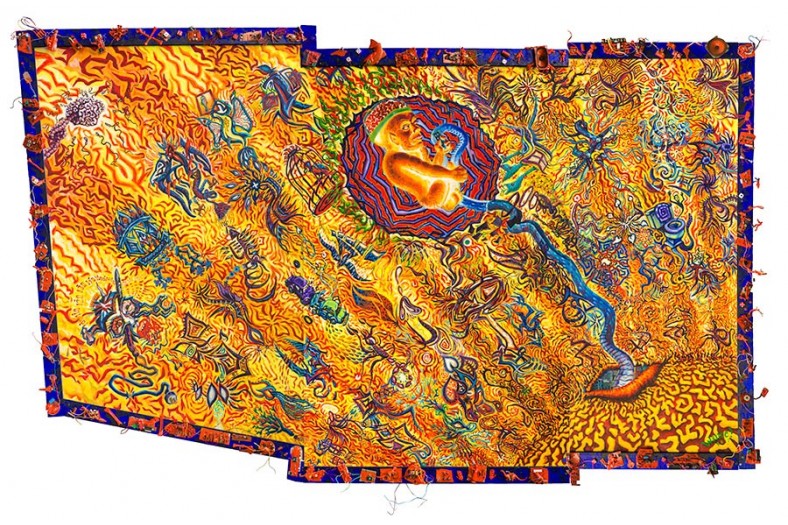
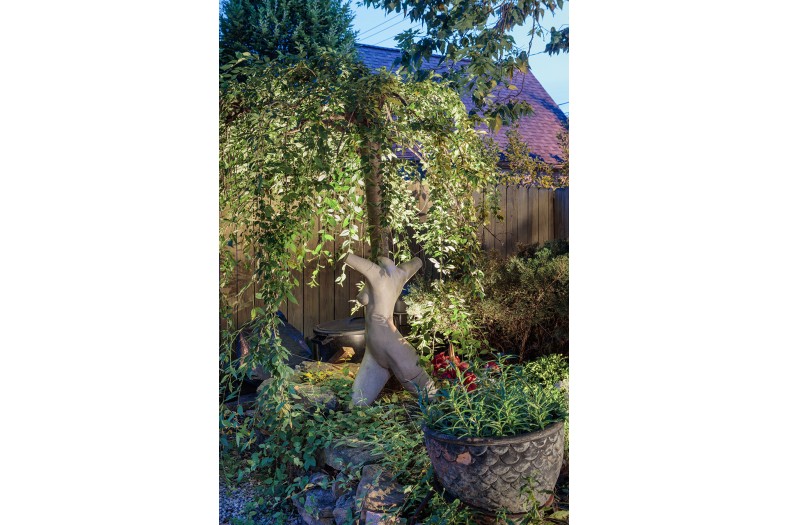
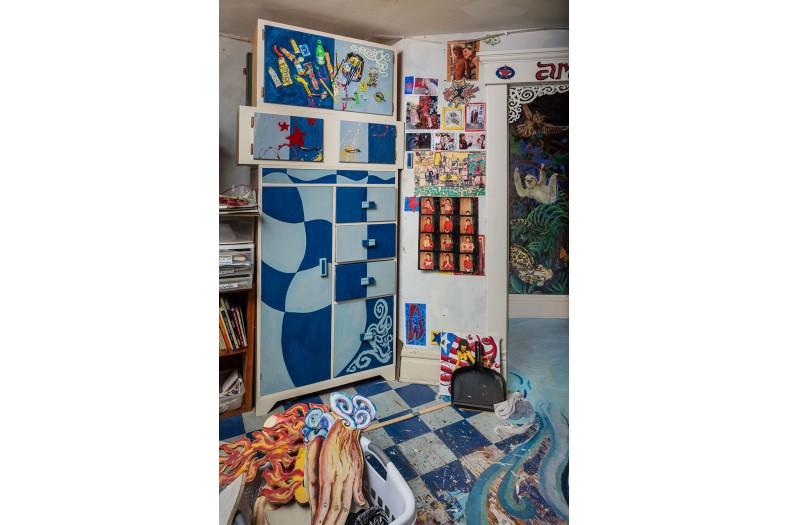
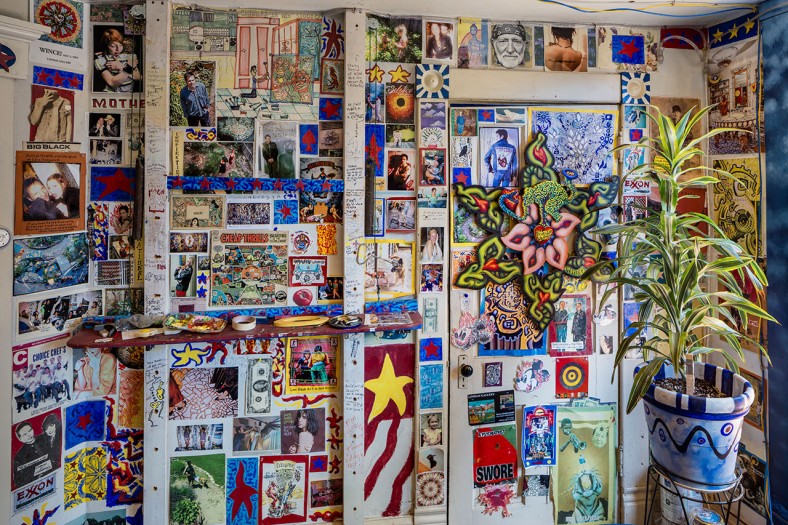
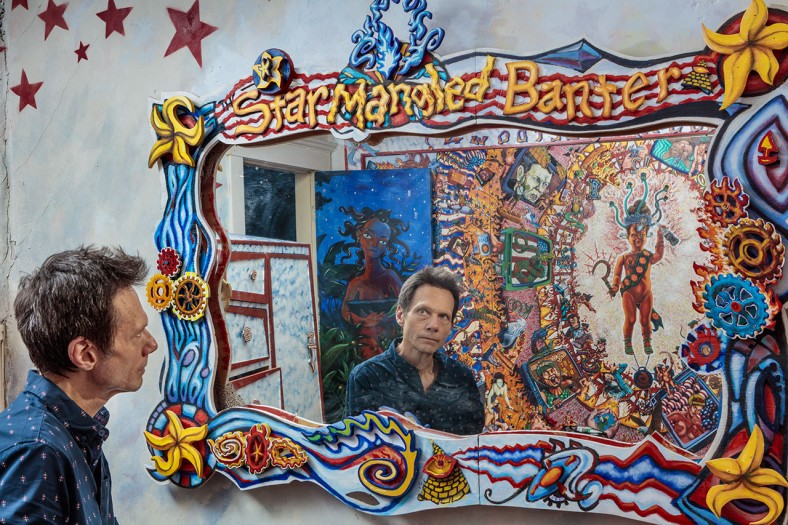
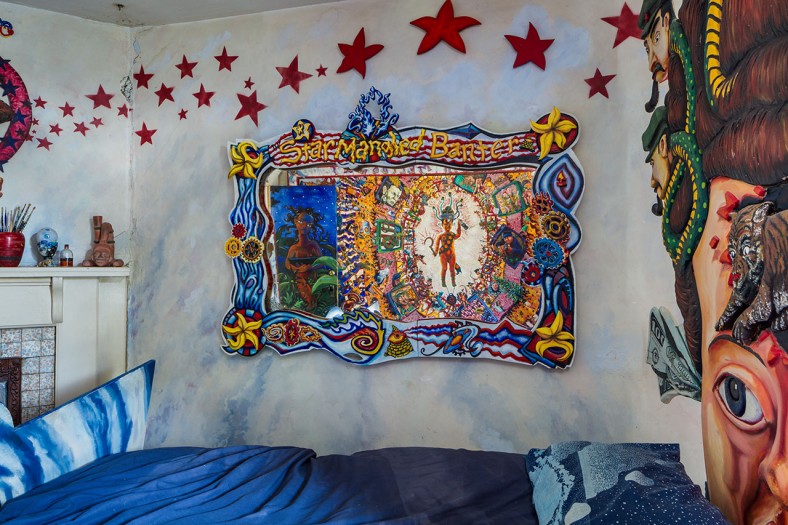
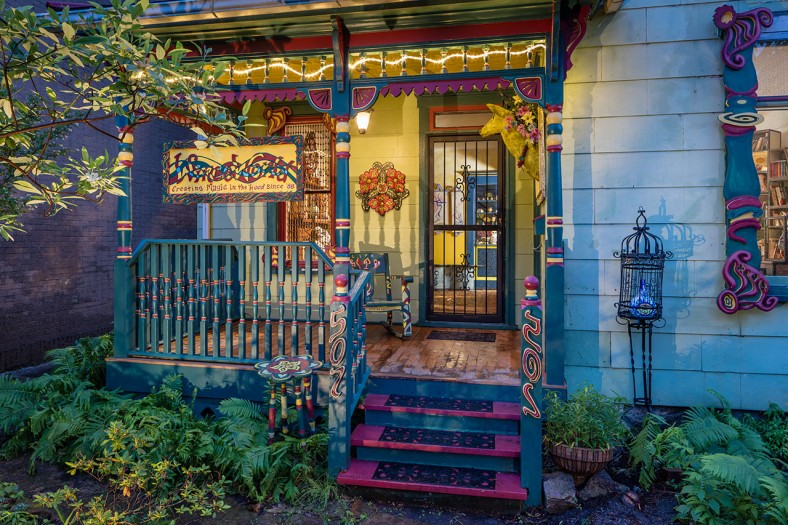
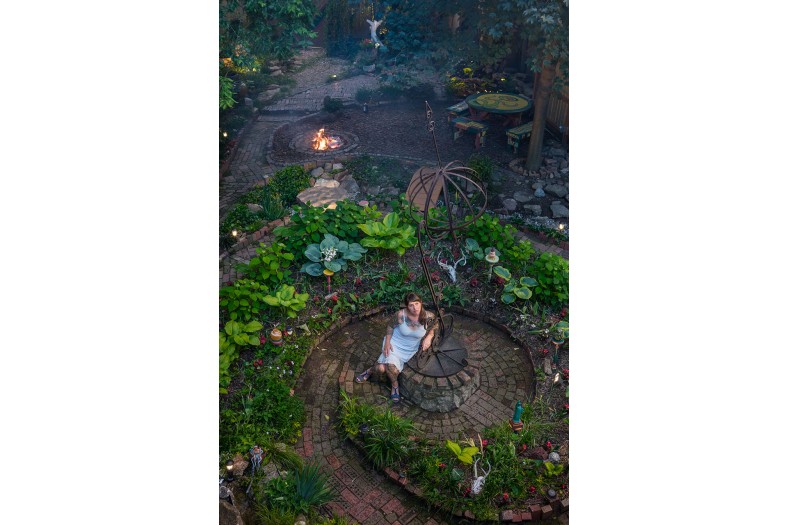
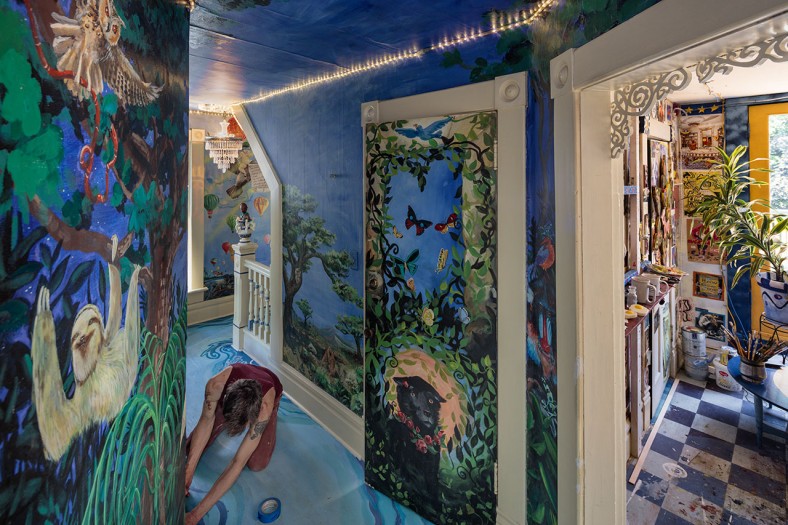
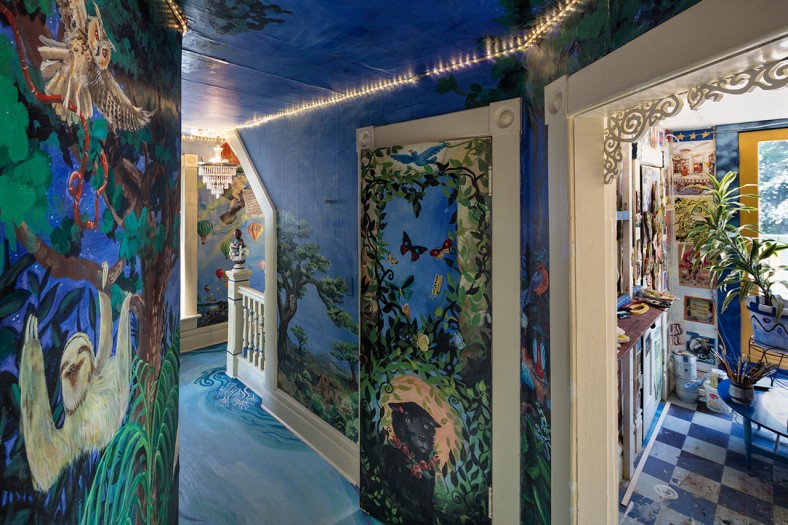
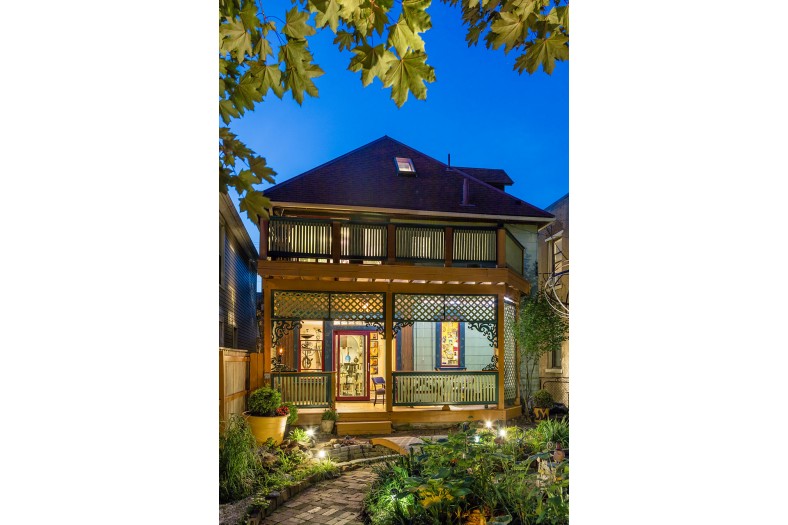
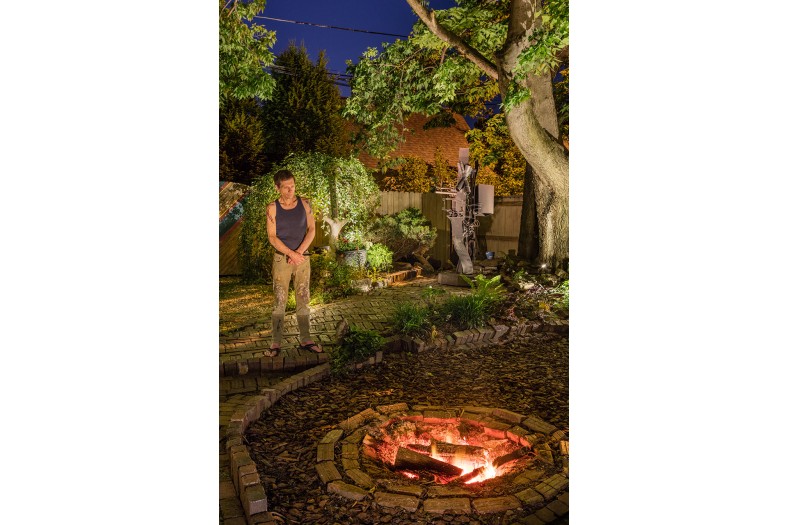
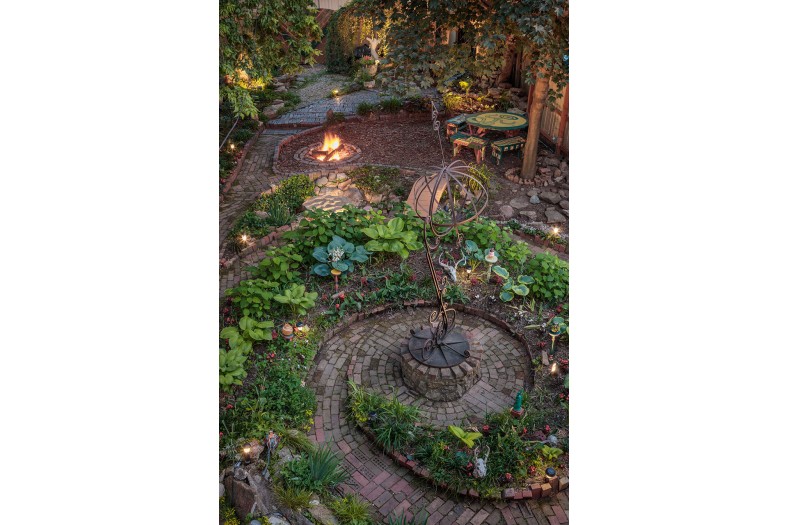
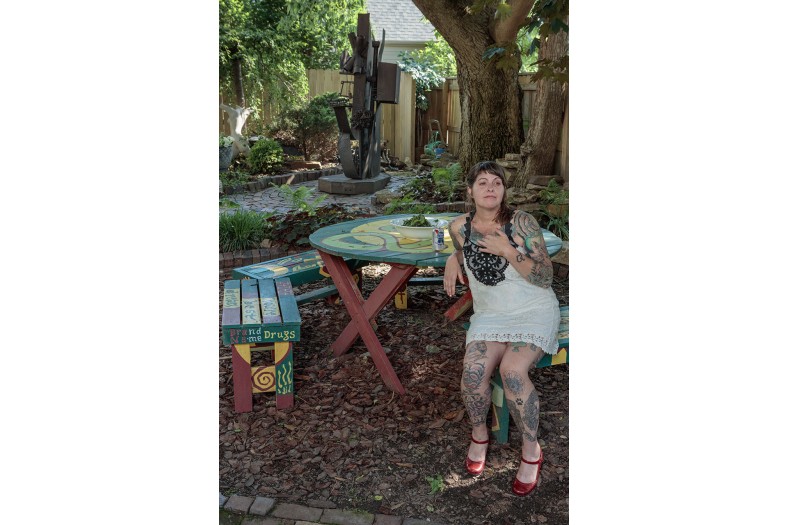
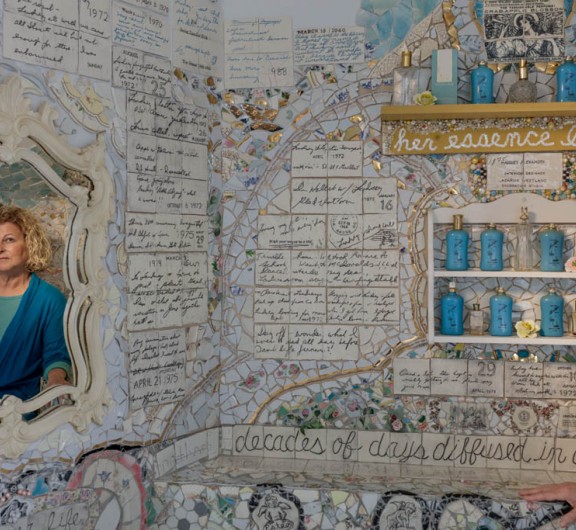
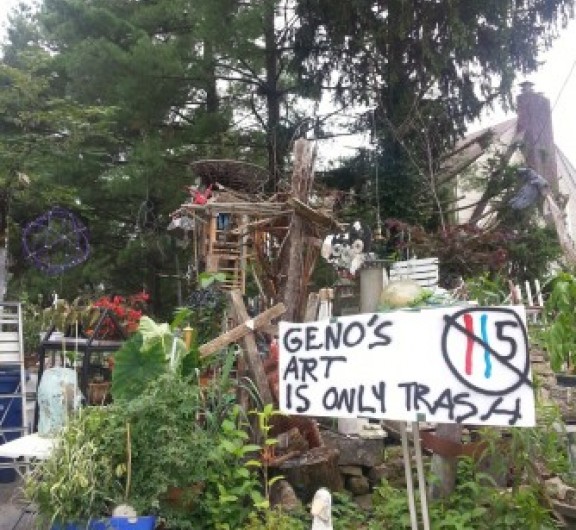
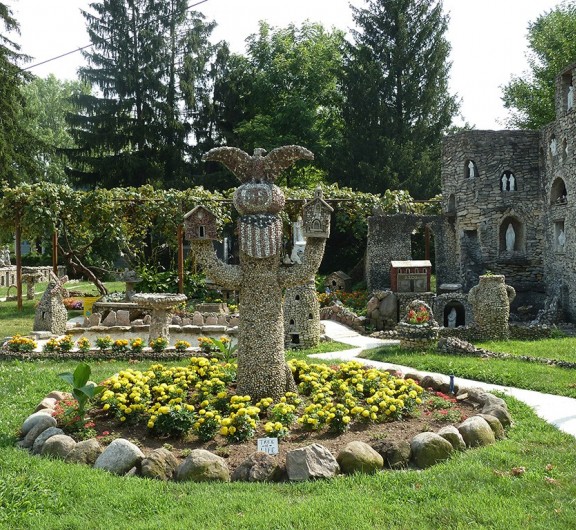
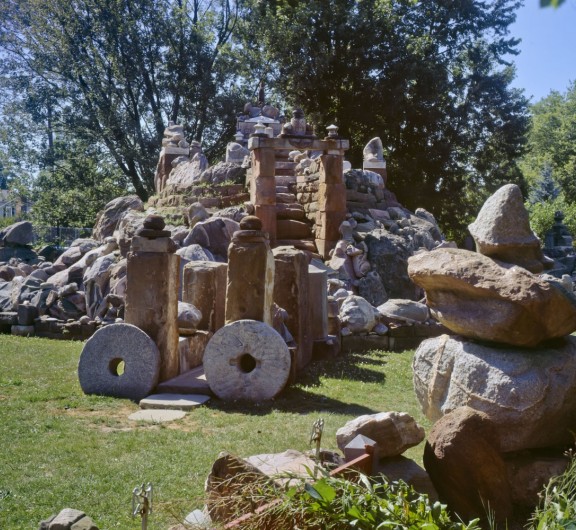

Post your comment
Comments
No one has commented on this page yet.